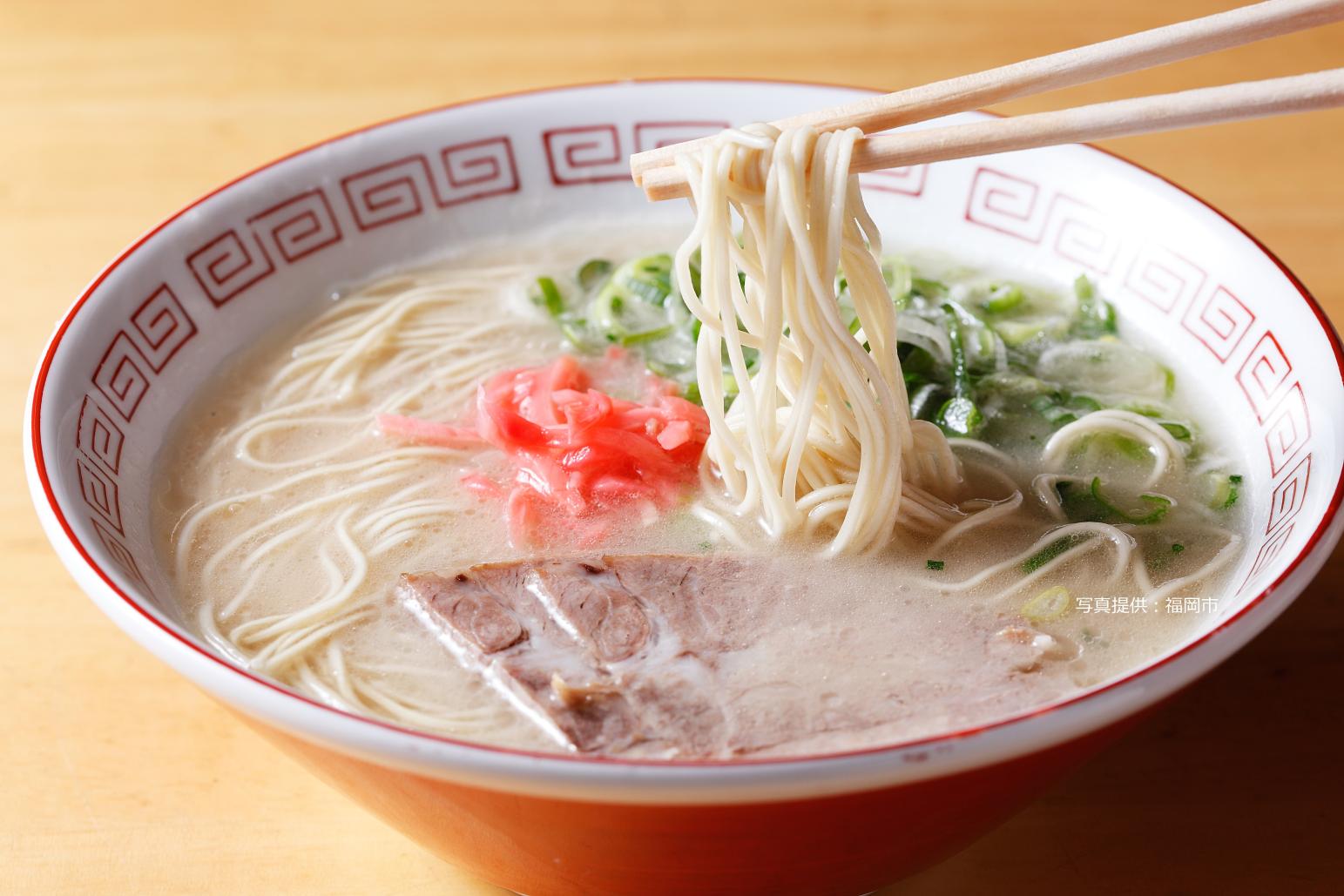
A deep look into Tonkotsu Ramen from Hakata, Nagahama, and Kurume!
The three different flavors of Tonkotsu Ramen from Hakata, Nagahama, and Kurume are the pride of Fukuoka Prefecture. Here we introduce the history and characteristics of Tonkotsu Ramen, which has become a nationwide phenomenon.
Also, don’t miss the scoop on Fukuoka Ramen that’s compatible with vegetarian, vegan, and halal diets!
If you think of Fukuoka Prefecture, the first thing that comes to mind is Tonkotsu Ramen. But what’s special about it?
Tonkotsu Ramen is a local specialty of Fukuoka. Many immediately picture thin, straight noodles floating in cloudy white pork bone soup. There are said to be over 1,000 ramen shops in Fukuoka. In recent years, many of those have been innovating and evolving through various and unique means, such as pursuing richness of the soup, producing “cappuccino” ramen in which the soup is boiled at high heat for a long time to produce bubbles and foam on the surface, and using different pork parts, preparation methods, and cooking methods.
Kurume Ramen is known as the origin of the cloudy white tonkotsu ramen.
Let’s start by taking a look at the roots of tonkotsu ramen. Kurume City is said to be where tonkotsu ramen originated. It began when the owner of a Yatai food stall serving Udon noodles called Nankin Senryo began researching Shina Soba, which was popular in Tokyo and Yokohama. Then, because the owner was from Shimabara, Nagasaki Prefecture, they decided to combine that dish with the same soup as champon noodles, a Nagasaki specialty. At the time, ramen was generally served with relatively clear soup, rather than cloudy white.
Then, the first ramen with cloudy white soup originated at another Yatai food stall in Kurume, Sankyu. One day, the owner went out for an errand while the soup was simmering. His mother was left in charge of watching the heat of the soup, but she forgot, and left it boiling at high heat for a long period of time, causing the pork bone broth to turn cloudy white like milk. The owner on return decided to try flavoring it, and accidentally produced a very richly flavored soup, which became the basis for tonkotsu ramen today.
The soup fragrance of Kurume ramen is strong and relatively rich. While generally considered rich pork bone soup, some shops serve it with a lighter flavor, so there is variation between the different shops. Some long established restaurants also have the soup boiling over high heat in different shaped pots, such as are traditionally used to steam rice, rather than the standard tall cylindrical pots.
Most shops use noodles that are very white and slightly thick, and some do not offer a choice of noodle hardness or a second serving of noodles. While the toppings are normally the typical kikurage (black wood ear), menma, and green onions, Kurume ramen is notable in that many shops also add nori seaweed.
Nagahama Ramen, origin of ultra thin noodles and the custom of second servings
Nagahama Ramen is said to have been born at another Yatai food stall called Ganso Nagahamaya, located in Nagahama near the Hakata fishing port.
The stall was originally popular with the workers at the fish market in Ohama at the time, but when the market moved to Nagahama, the stall moved with it. Later, many other food stalls joined the first one.
These food stalls used ultra-thin noodles in order to be able to feed the workers at the market as quickly as possible. They also came up with the idea of offering seconds, or replacement noodles for the same bowl of soup, rather than serving large portions of the noodles because they would easily become soggy due to their thinness, and this became a fixed part of the local tonkotsu ramen culture.
At the time, it is said that metal drums were filled with pork bones in order to boil the Nagahama ramen soup at high temperature. Many came to enjoy the wild smell of the soup itself, which was quite strong due to differences in the feed given to the pigs and differences compared to soup where the pork bones were prepared more carefully.
Today, many shops provide tabletop condiments such as ground sesame, garlic, and red ginger to make the strong taste of the soup more mild. So we hope you try and experience the addictive smell and Umami flavor of Nagahama ramen!
Hakata Ramen popularized tonkotsu ramen throughout Japan
Hakata ramen evokes an established image of cloudy white pork bone soup with slim noodles, and it would not be an overstatement to say that image has reached global popularity.
However, Sanmaro, allegedly the original food stall that served Hakata ramen, actually served it with flat thin noodles in a pork bone soup that isn’t very cloudy. That same style was passed down to a shop named Umaro, and then to Hakata Umauma, which serves it today.
This led other shops to open, such as Hakata-so, which serves less cloudy pork soup, and Aka-noren and Hakuryuken, which serve the flat, thin noodles in cloudy white soup. With the passage of times, the number of shops adopting the techniques used to boil cloudy white pork bone soup from Kurume, and the thin noodles and seconds of Nagahama, has increased.
Given the rising popularity of the local ramen, many shops throughout Fukuoka City now claim to serve Hakata ramen even if located outside the Hakata district, and as a result, the term Hakata ramen is generally understood throughout Japan to mean cloudy white pork bone soup with thin noodles.
While we have examined the roots of Kurume, Nagahama, and Hakata ramen, the fact is that there are many different theories, and no clear classification exists between them. Each shop carries out their own trial and error to provide their own unique ramen, so why not try and compare them all?
How to eat tonkotsu ramen, from ordering to getting seconds
Here is the basic process to ordering and eating Fukuoka tonkotsu ramen.
First, you order. Recently, the number of shops that have you order using a ticket machine is on the rise. So first purchase a ticket for your preferred ramen, and a ticket for a second helping of noodles if you like (but many shops also offer seconds for cash as well.)
When ordering, you need to specify how hard you want your noodles to be. While the details vary between shops, the general levels of hardness are (from hard to soft):
・Nama (raw - just wet to remove the powder)
・Harigane (Japanese for “wire”)
・Barikata (very hard)
・Kata (hard)
・Futsu (normal)
・Yawa (soft)
・Bariyawa (very soft)
If you don’t choose a hardness, then you will be served futsu (normal) noodles, which is perfectly acceptable to learn that shop’s standard. The noodles are, however, rather thin, so the locals tend to order them slightly harder than normal.
Some Nagahama style shops also let you specify the level of oil between “Beta” (oily), “Futsu” (normal), and “Nashi” (non-oily). So you will hear people ordering their noodle hardness and oiliness together, saying “Beta Kata” or “Nashi Bari,” and sometimes you will find shops offering seconds on the meat called “Kae Niku!”
When your order arrives, first taste the soup, and then the noodles. Then, you can start adjusting the flavor using the condiments on the table, such as spicy takana, red ginger, garlic, ground sesame, and black pepper. Some restaurants also offer condiments such as chopped fresh ginger, bean sprout namul salad, and yuzu kosho, a spicy condiment made using yuzu citrus and green chili.
If you want to order extra noodles, do so just before you finish the first serving so there’s no time for the soup to cool. We also recommend ordering one rank of hardness lower than your initial order, because the soup will have already cooled slightly. If your soup has grown too thin, adjust the taste with the “ramen dare (kaeshi)” located on the table.
However, remember there are no rules on how you eat your ramen. So feel free to visit many different shops to discover your own way of doing so.
Fukuoka's ramen is also popular with vegetarians and Muslims
The delicious flavor of tonkotsu ramen today captivates people from all over the world, not just in Japan. In recent years, there have even been types of ramen adopting the tonkotsu style that are appropriate for vegetarians, vegans, and Muslims.
Bugoro All Vegan (Fukuoka)
This shop serves vegan ramen and sweets. The owner, who has been cooking vegan cuisine for over 20 years, serves their own original Hakata style vegan ramen and tantanmen with a choice of vegan sweets and a drink included. There are only three seats, so we recommend calling ahead for a reservation.
Sushi Shima (Fukuoka)
This sushi restaurant serves ramen for lunch by reservation only. They offer ramen with an imitation pork bone style soup that is OK for vegans, with soup made from soy milk and a broth of vegetables, fully plant based noodles, and toppings such as green onion and Nori seaweed. The result is a ramen that is great for your mind and body without using animal products or additives.


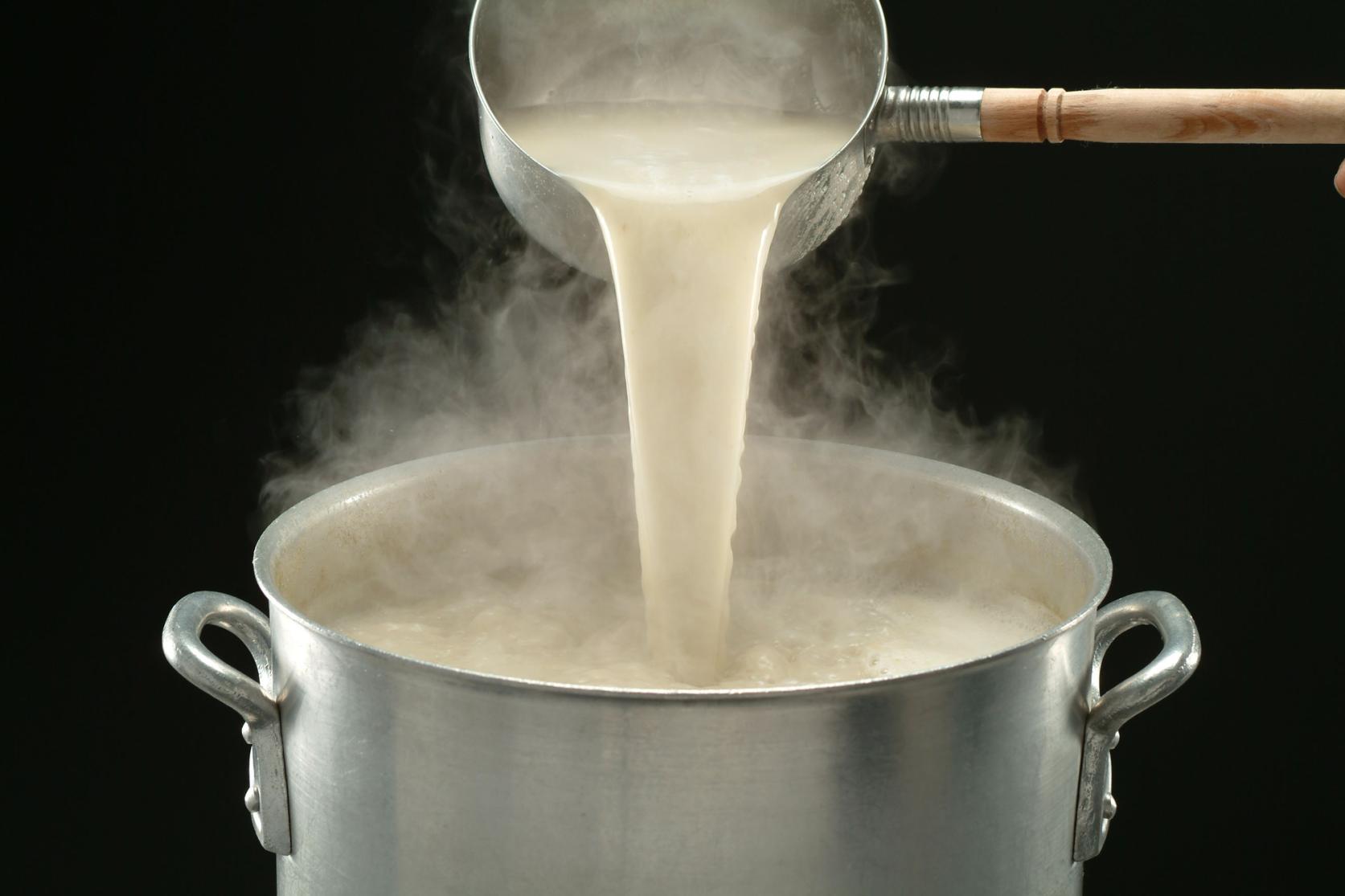
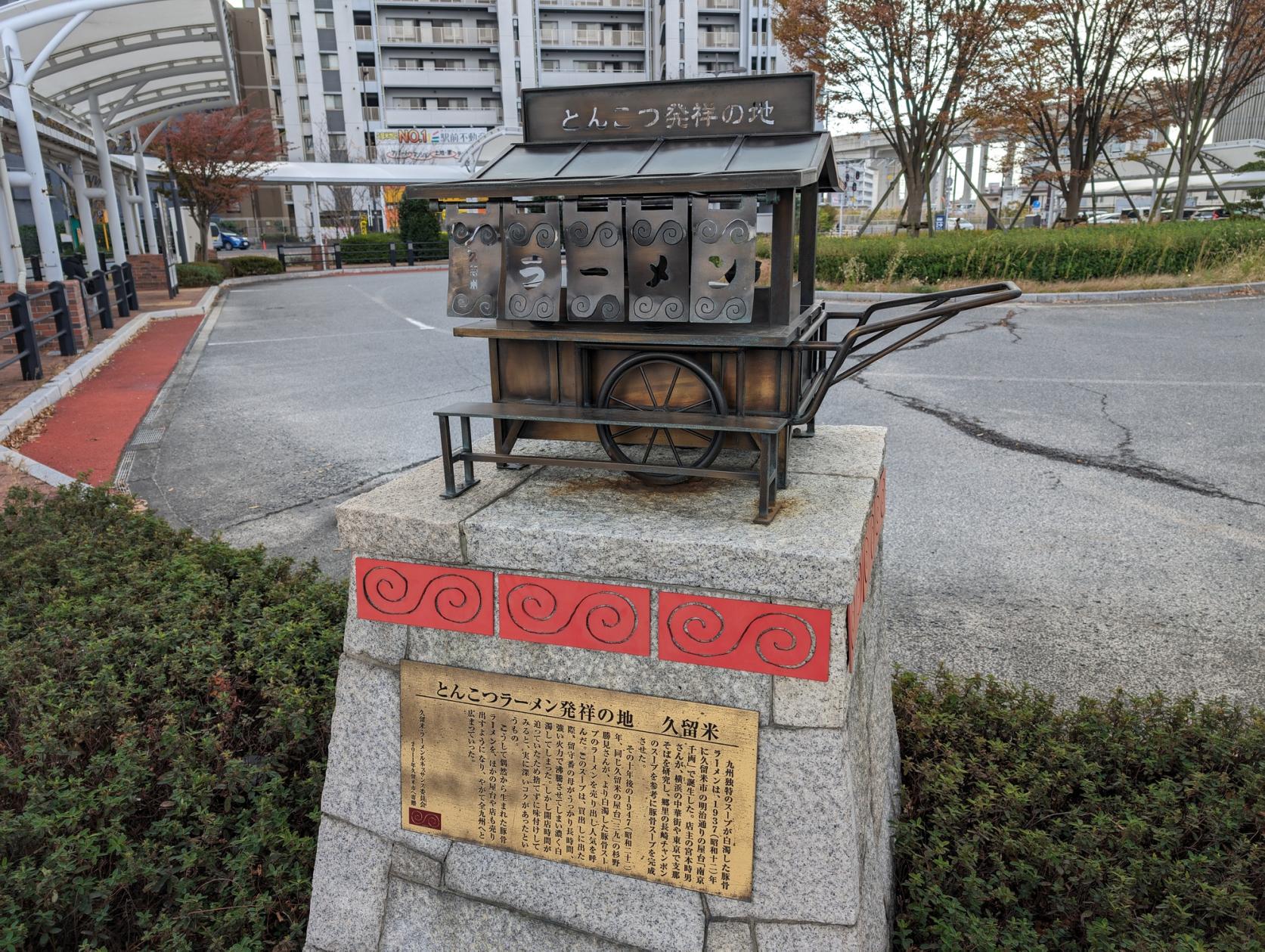
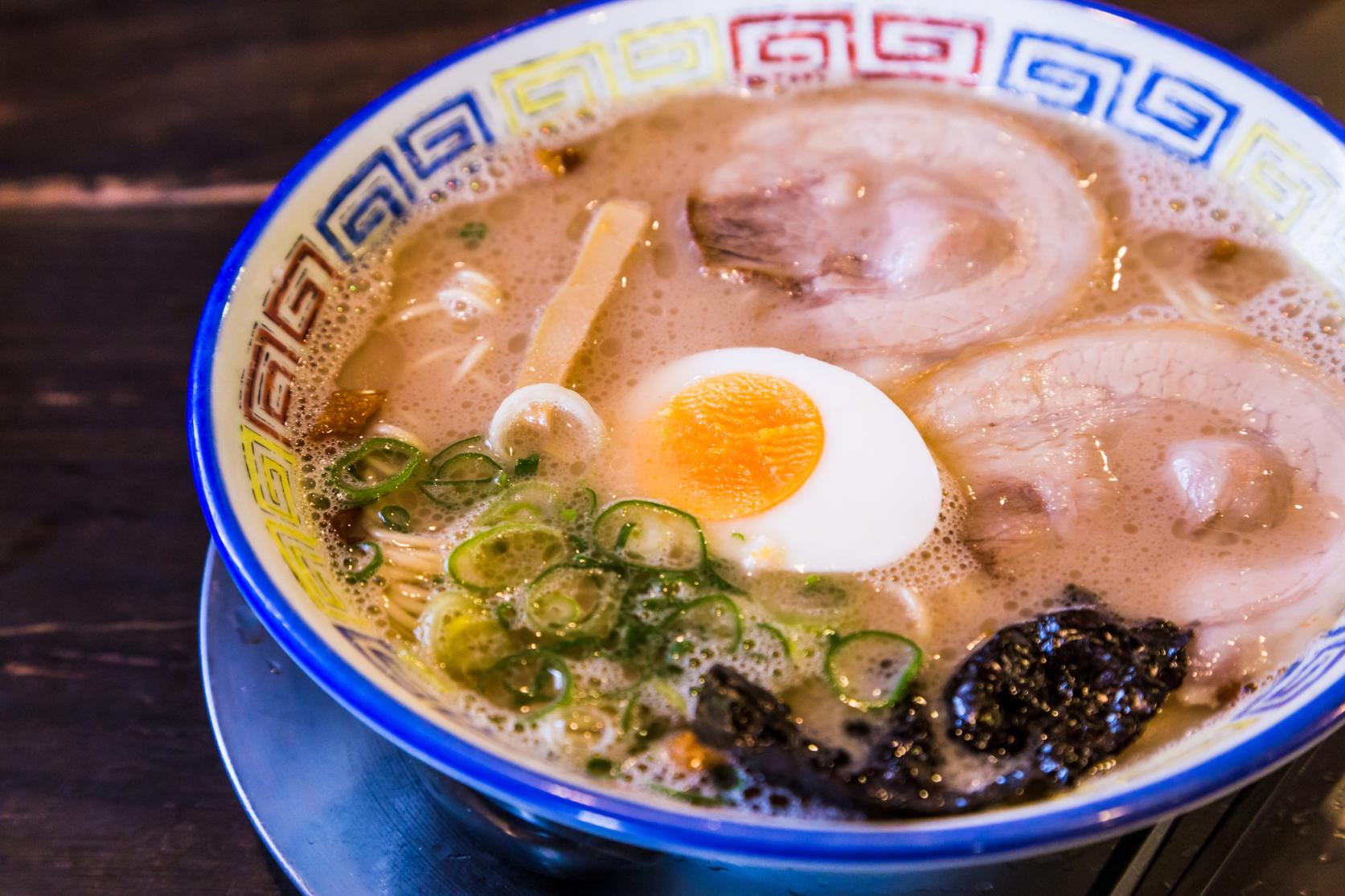
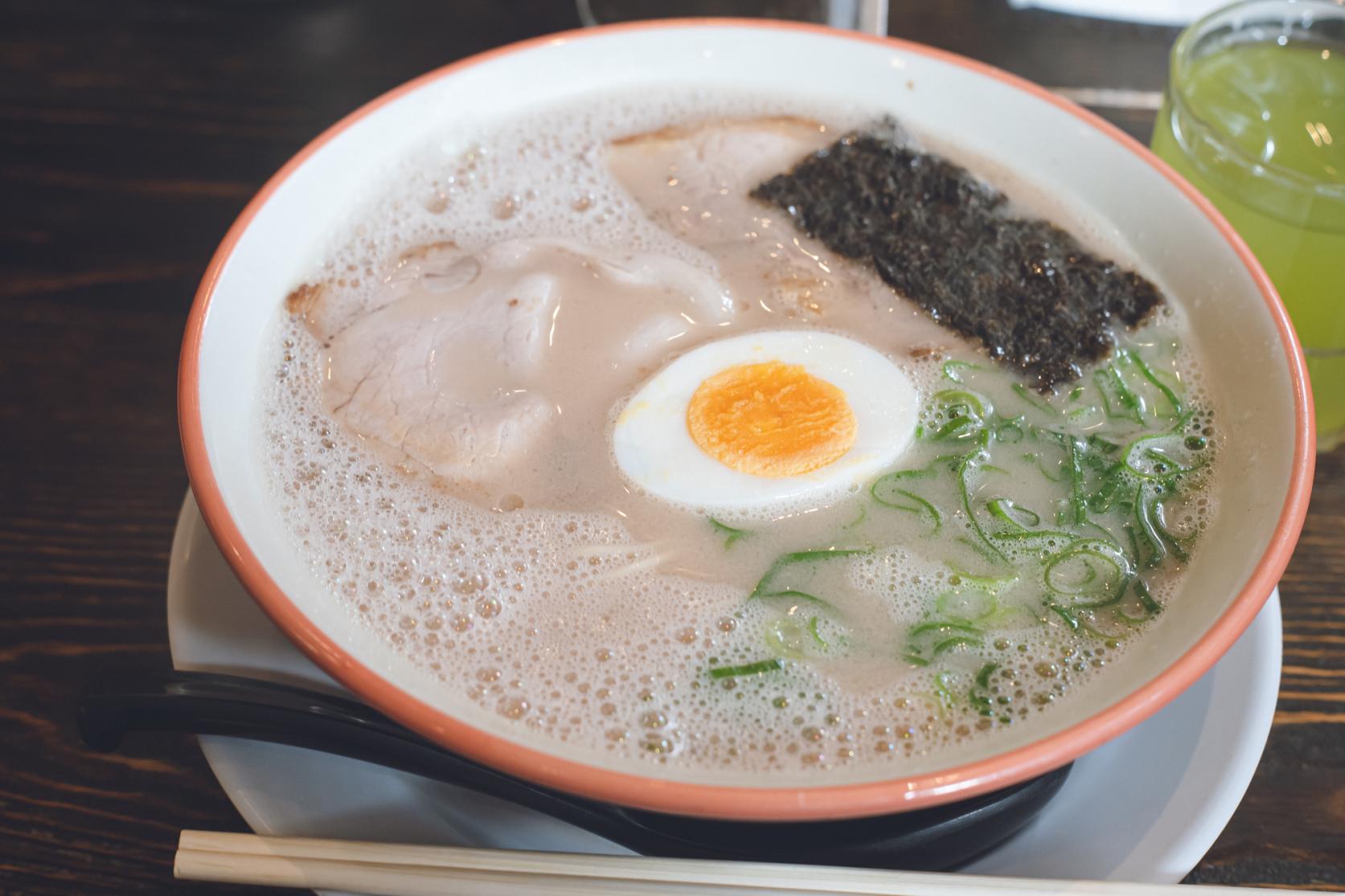
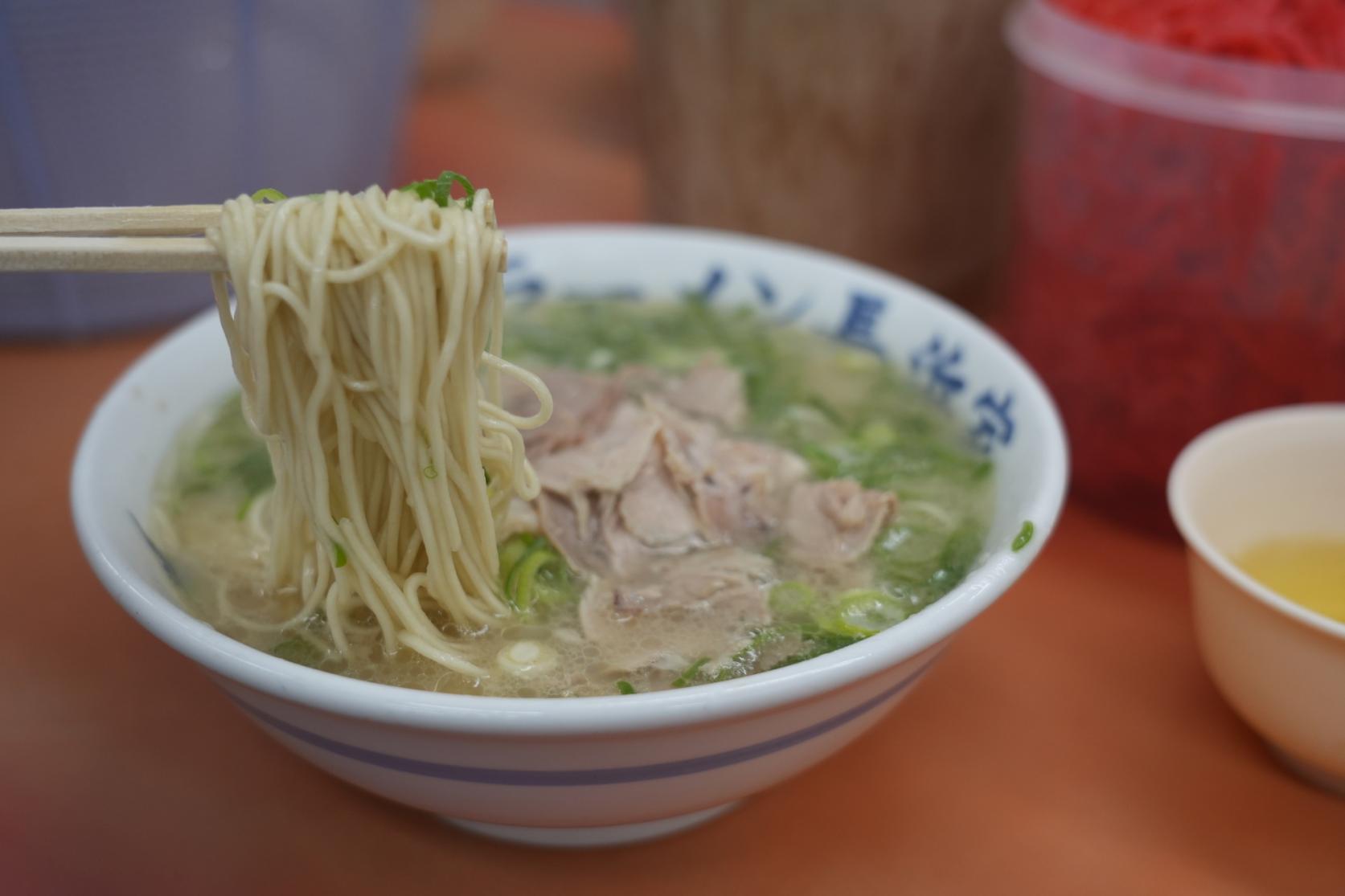
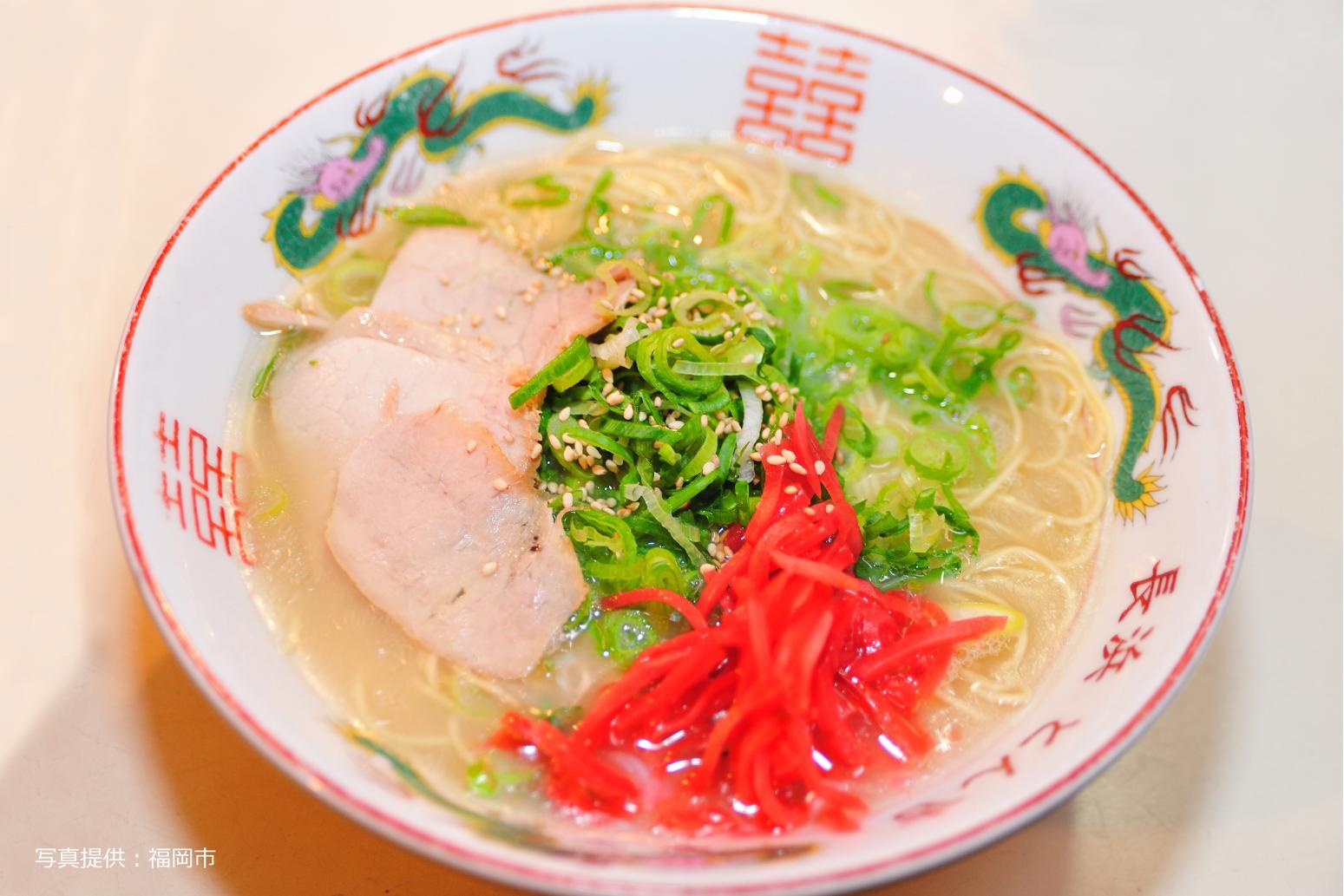
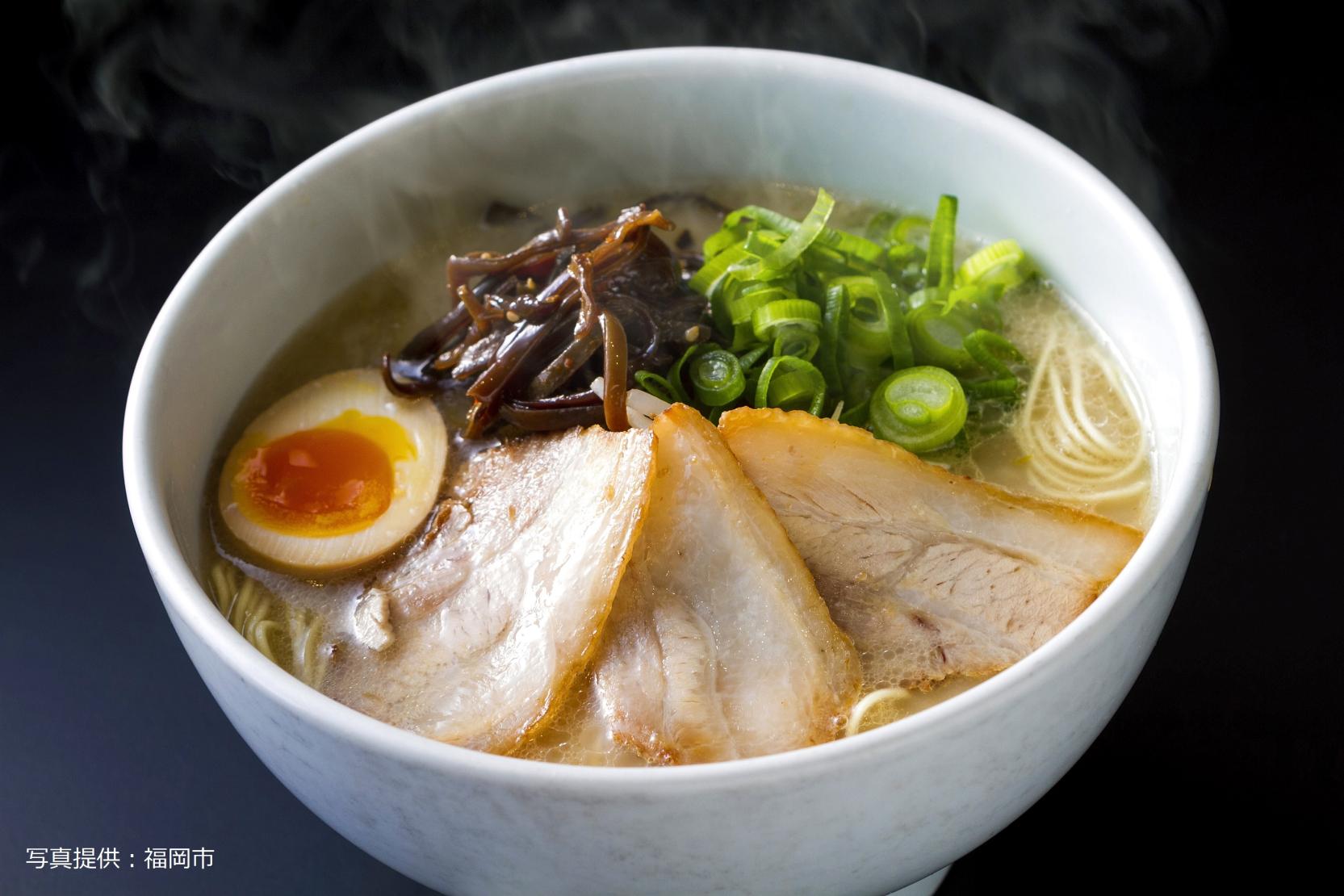
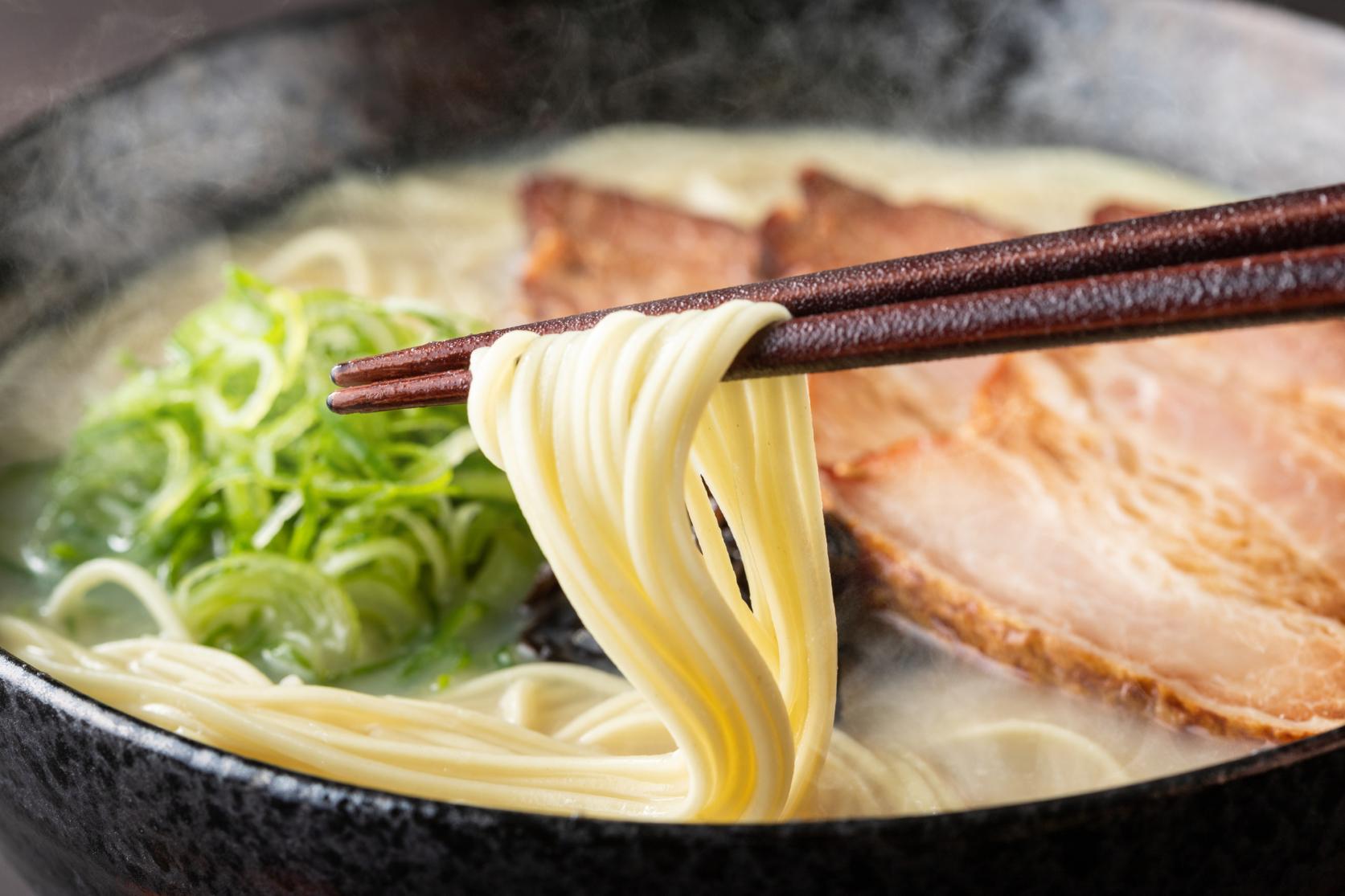
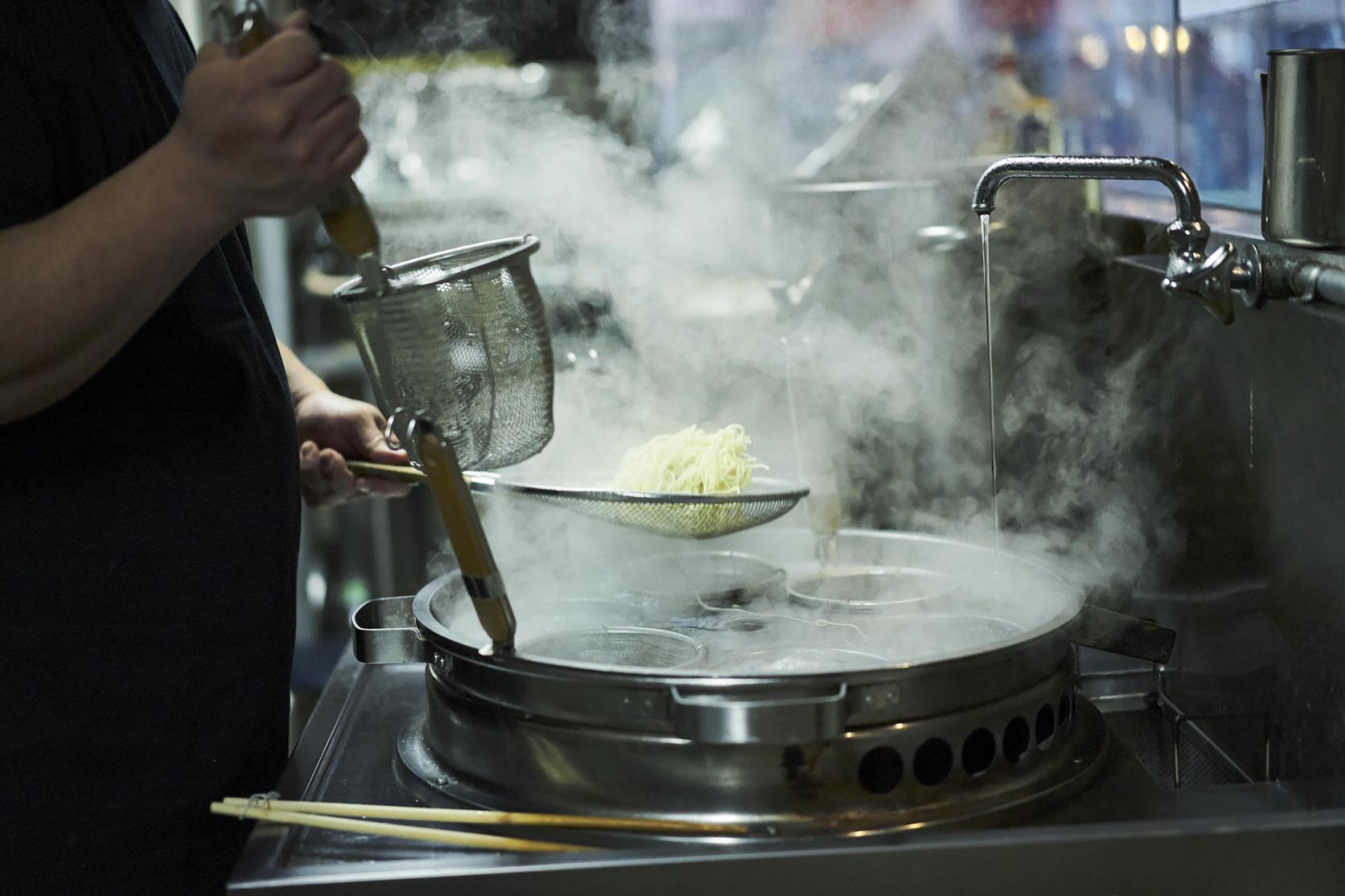
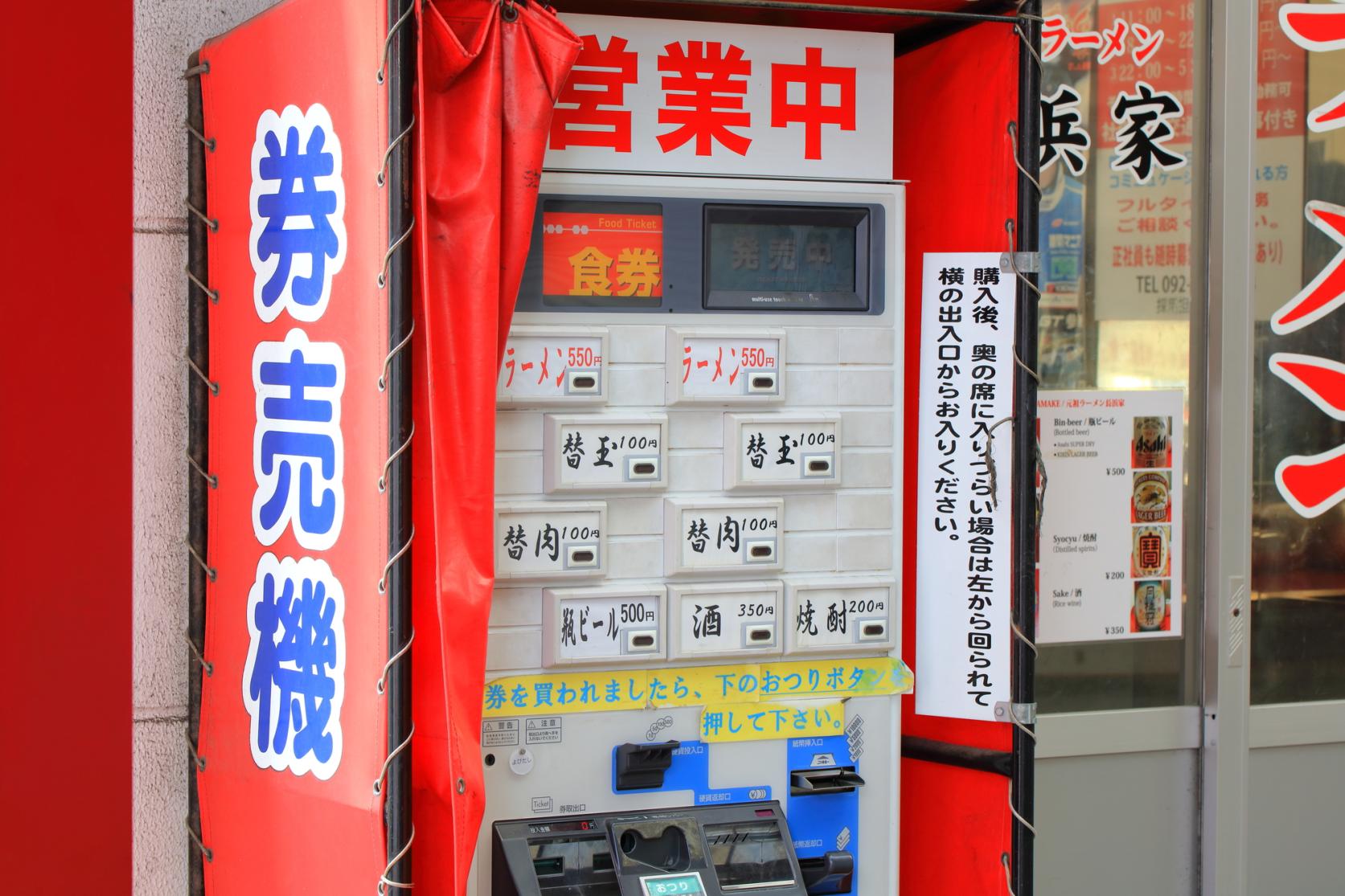
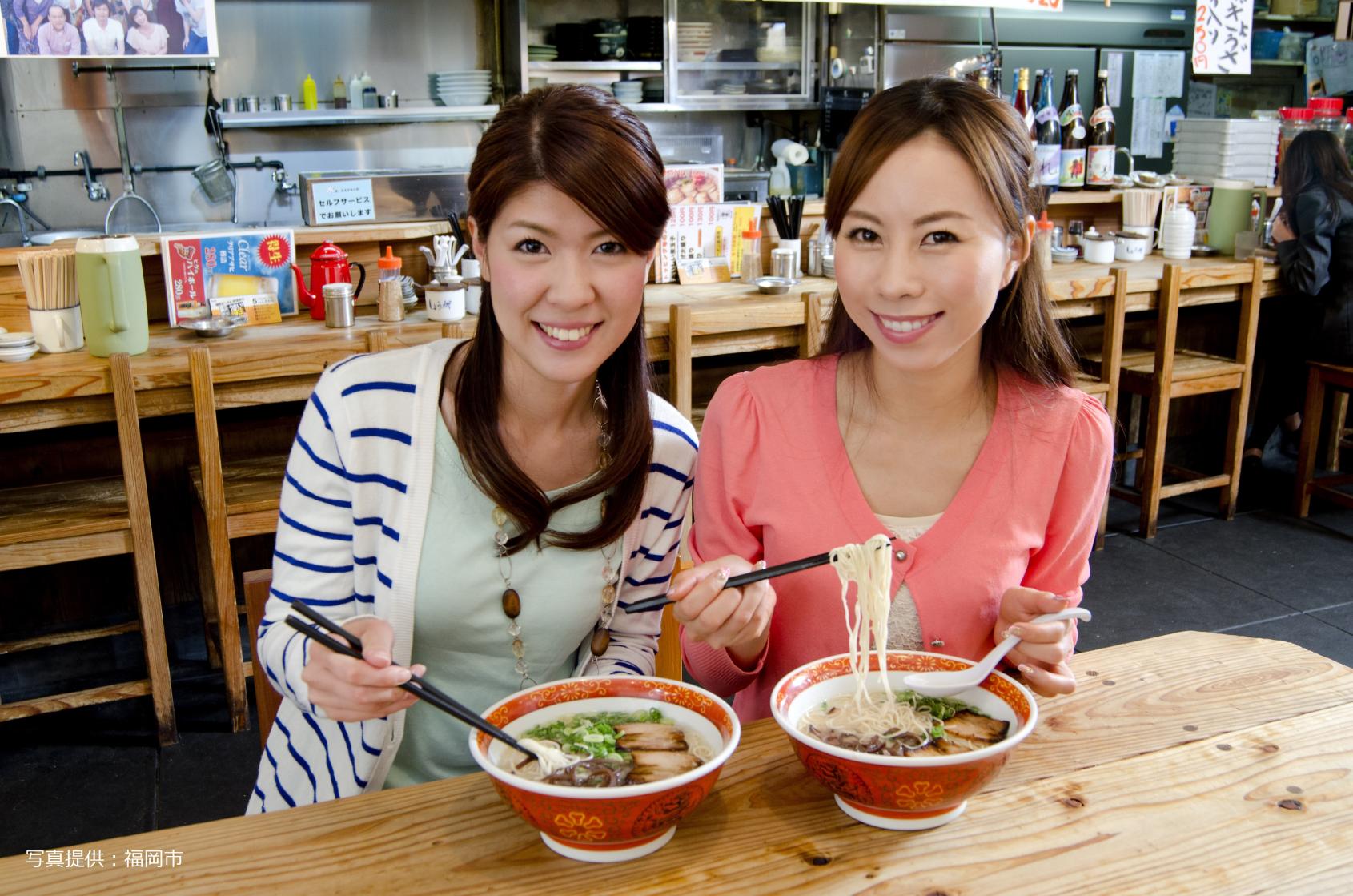
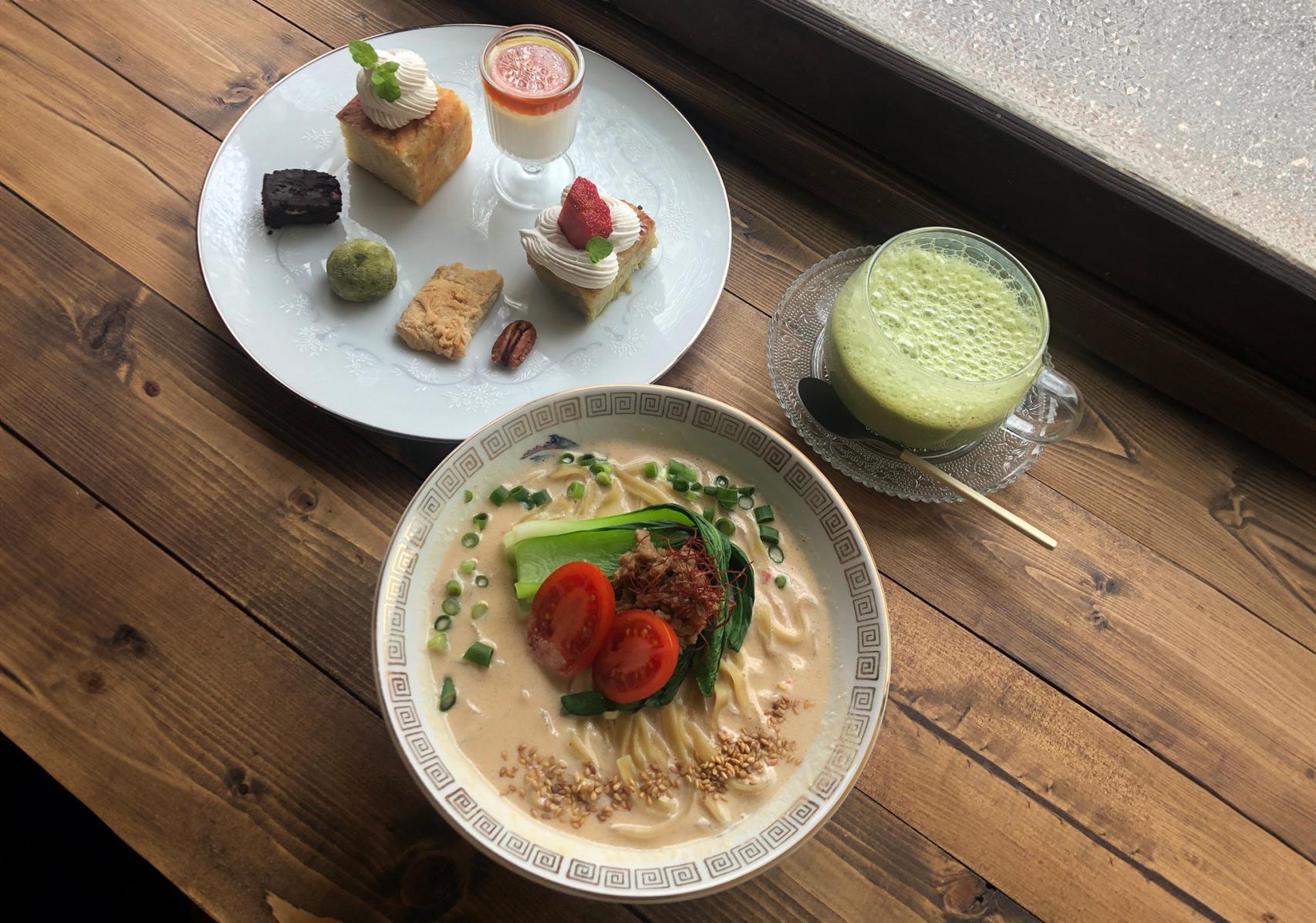
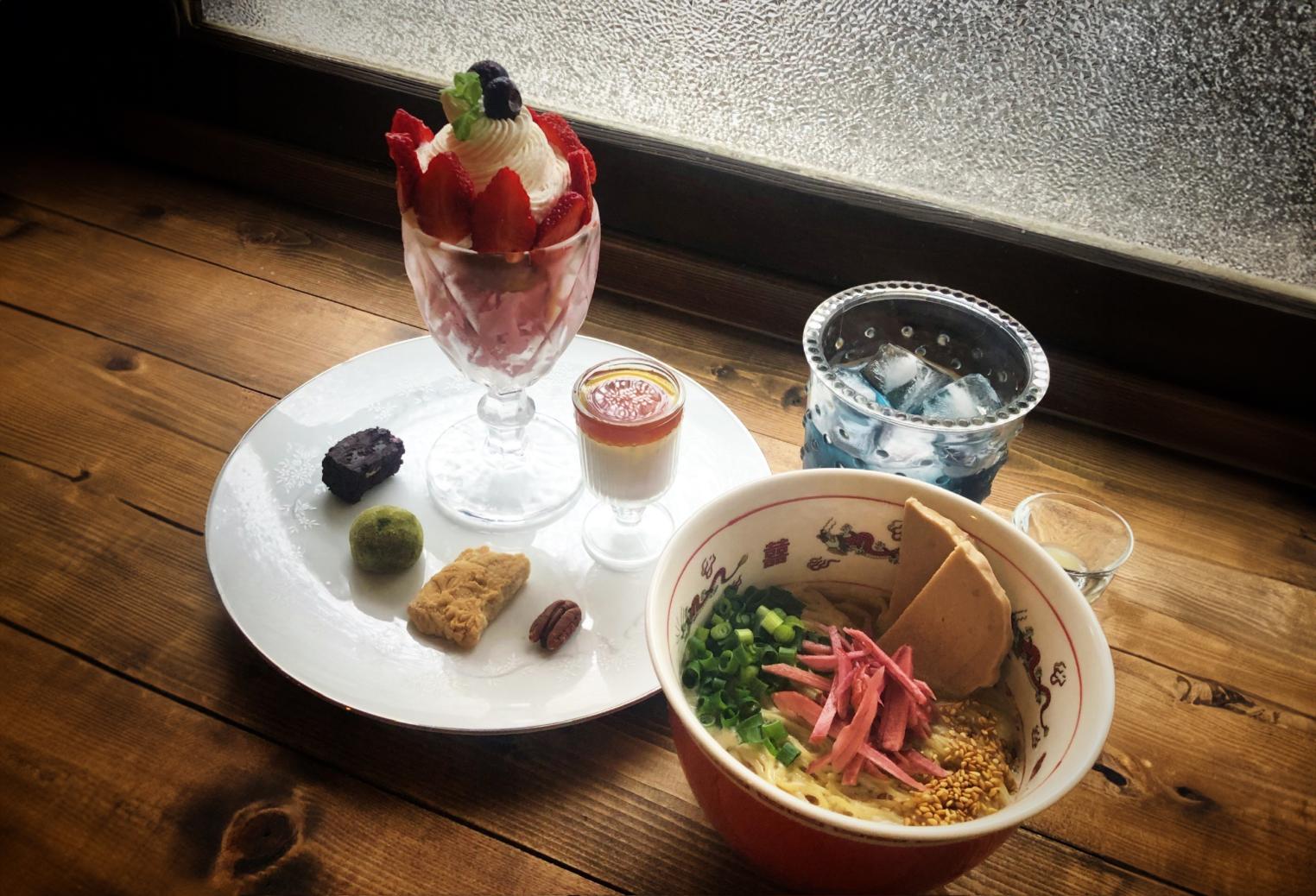
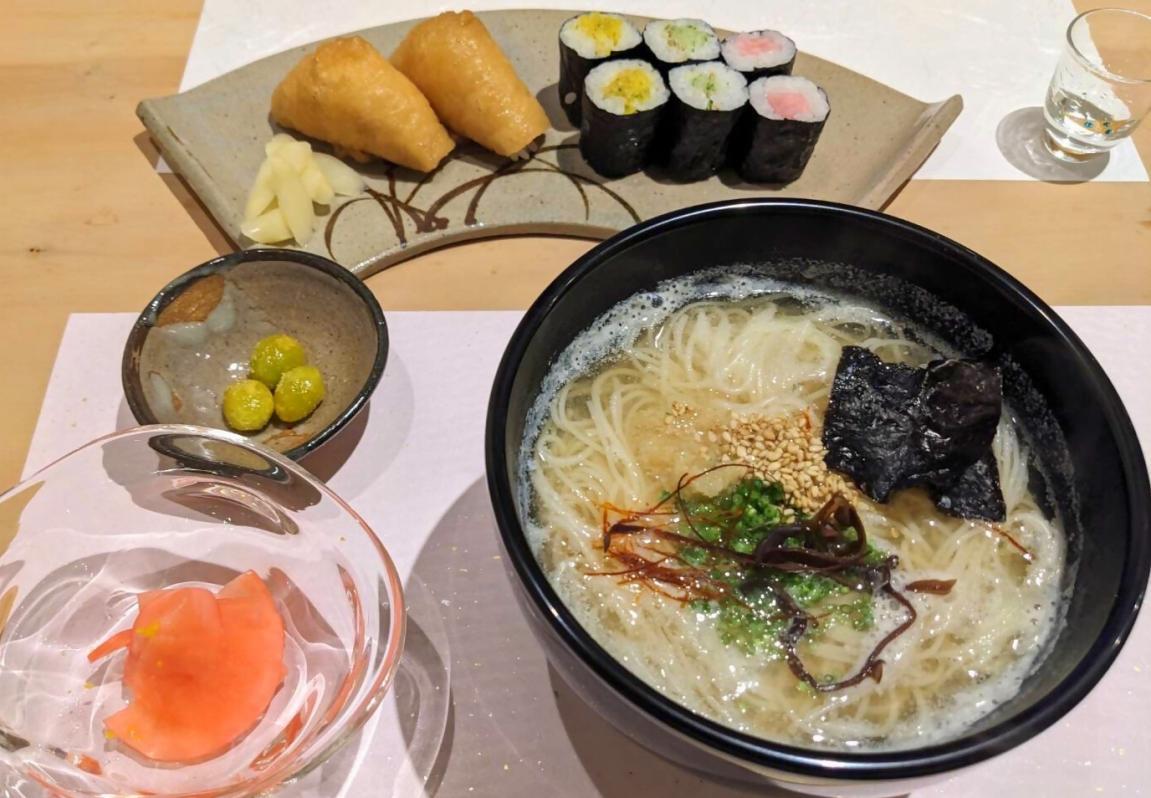
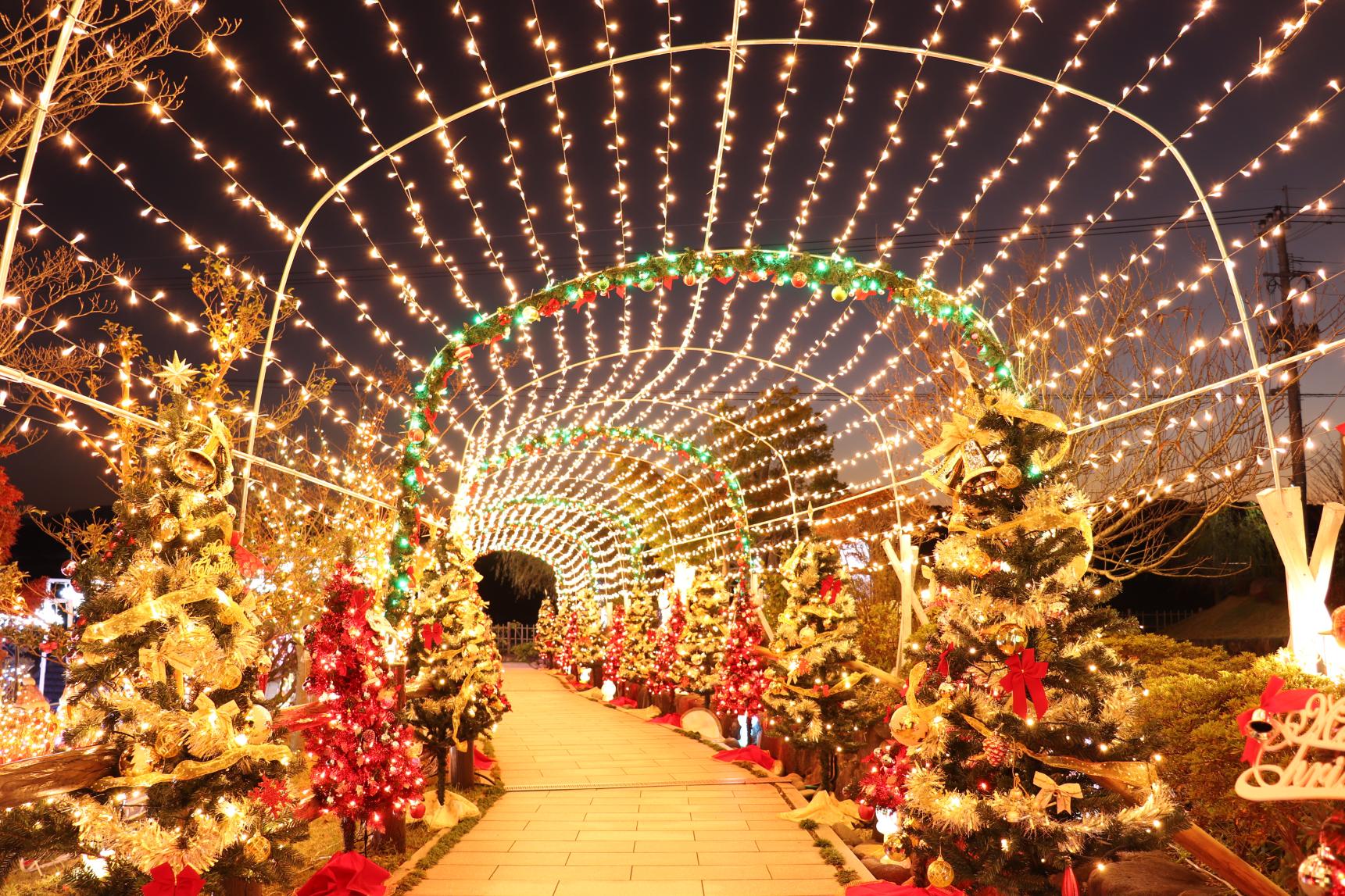
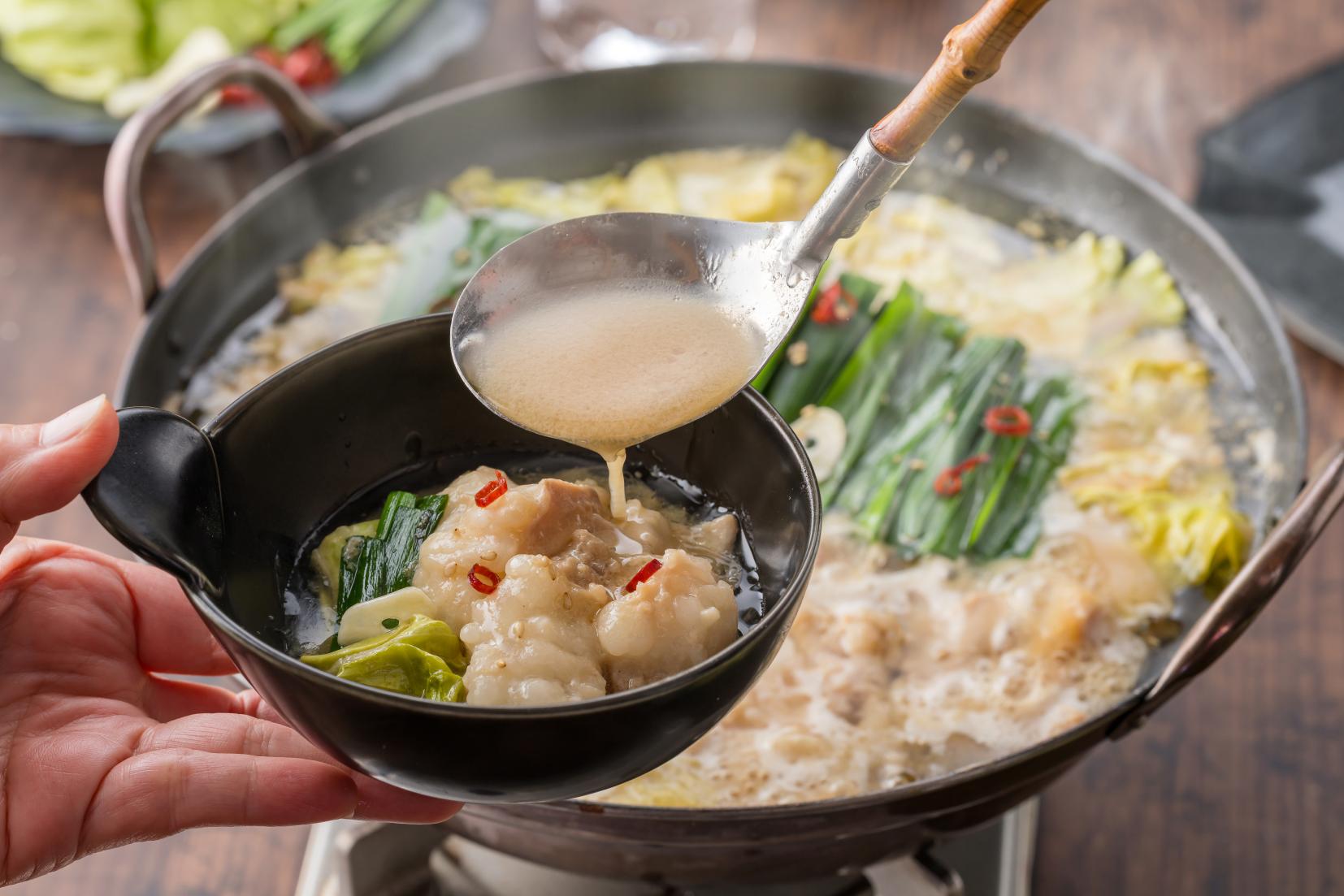
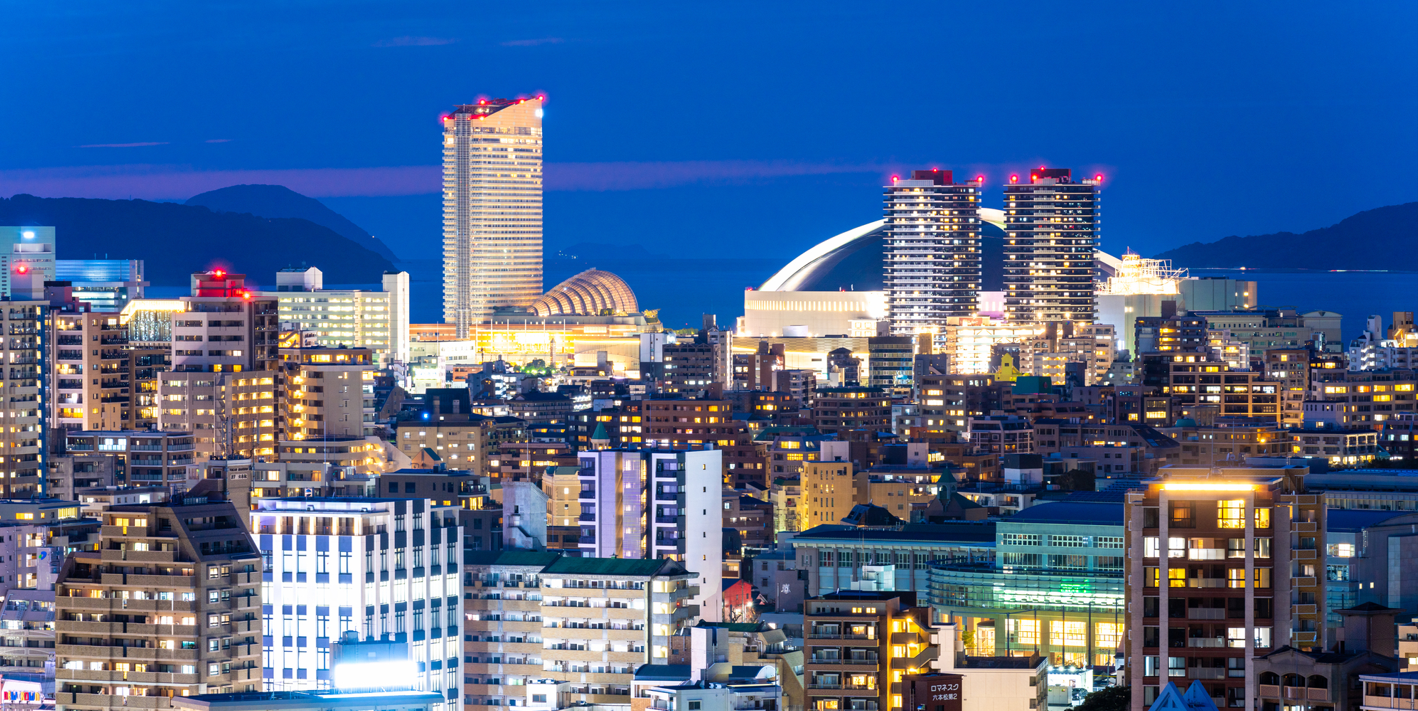
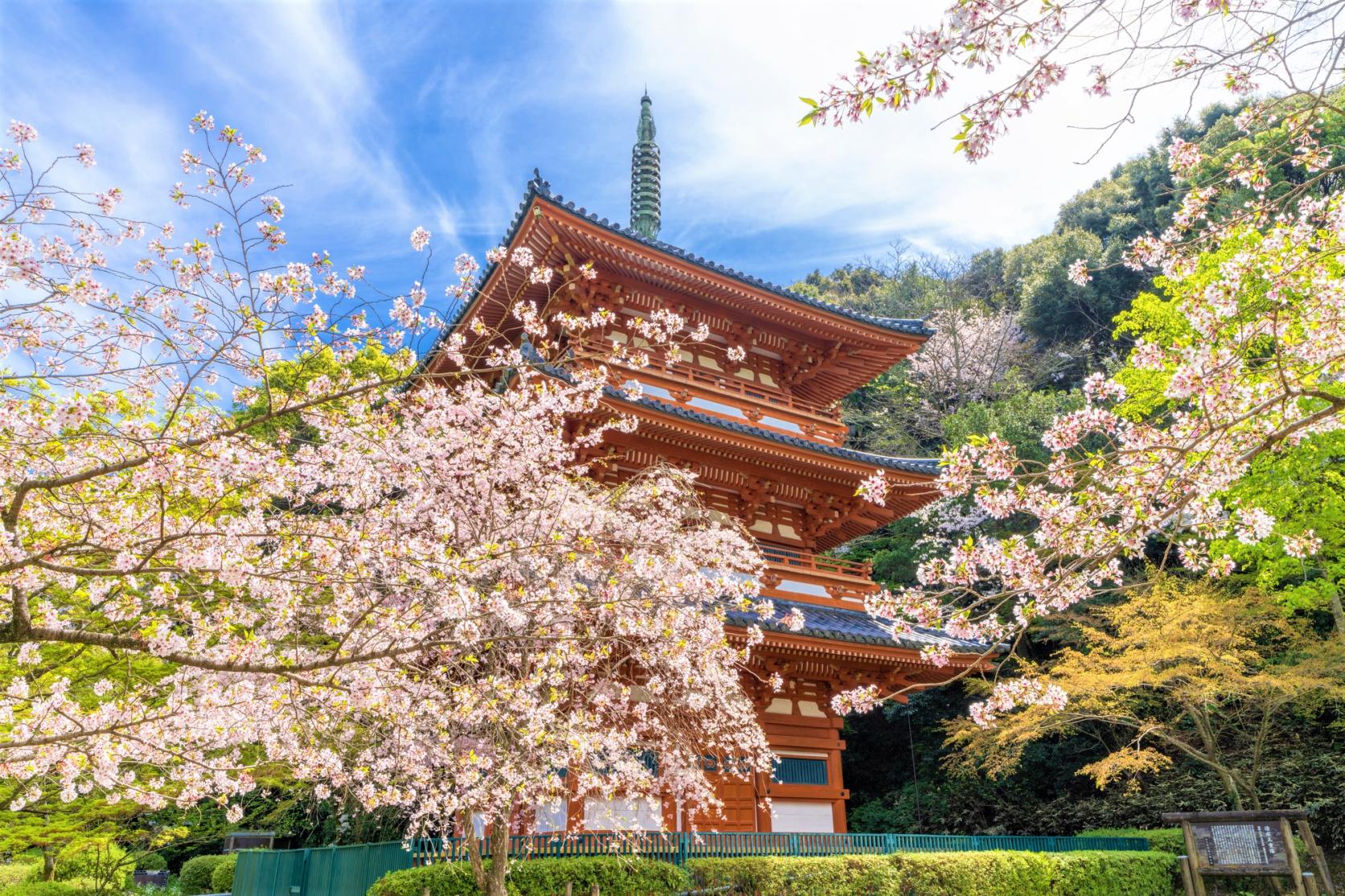
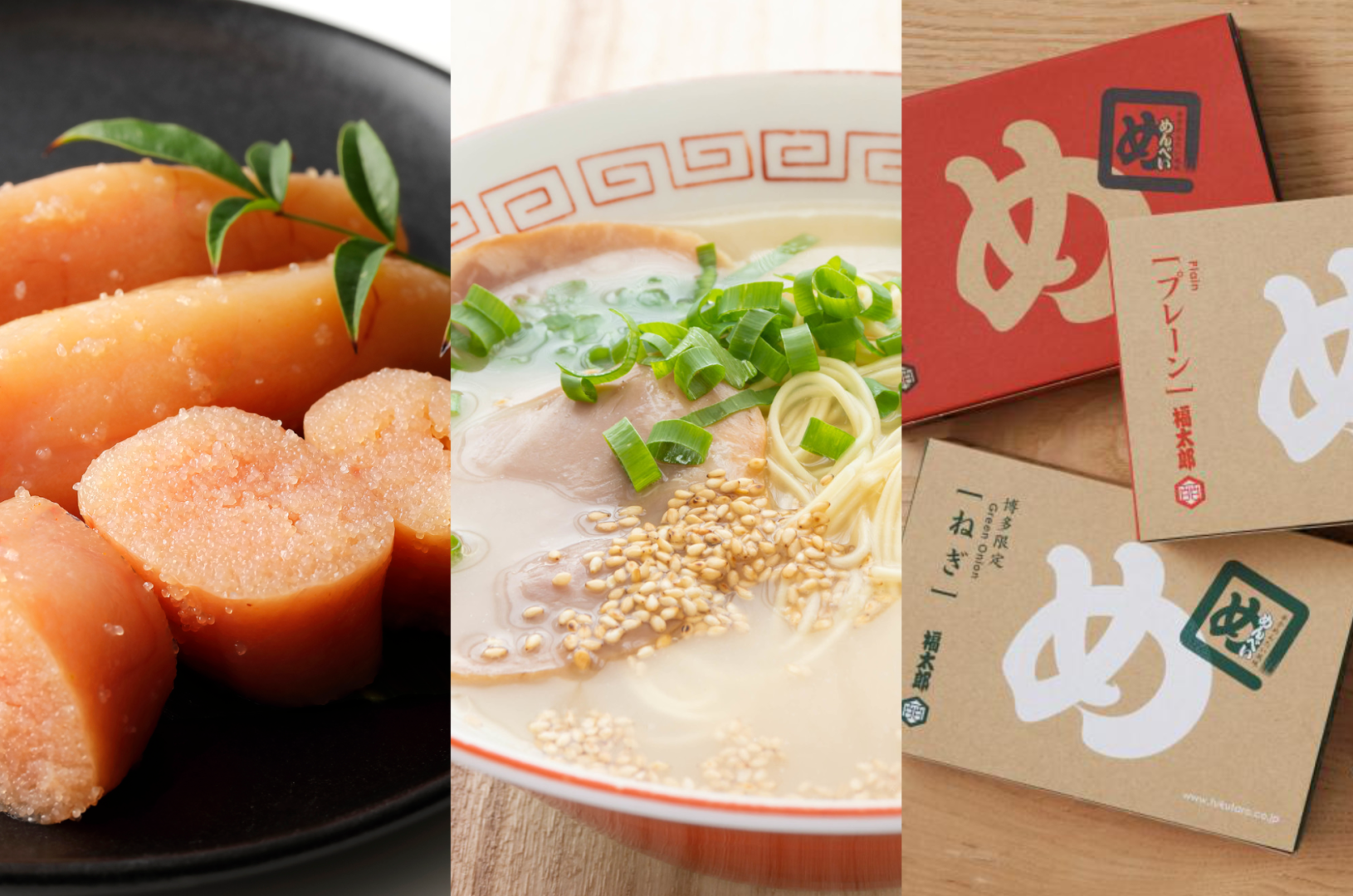
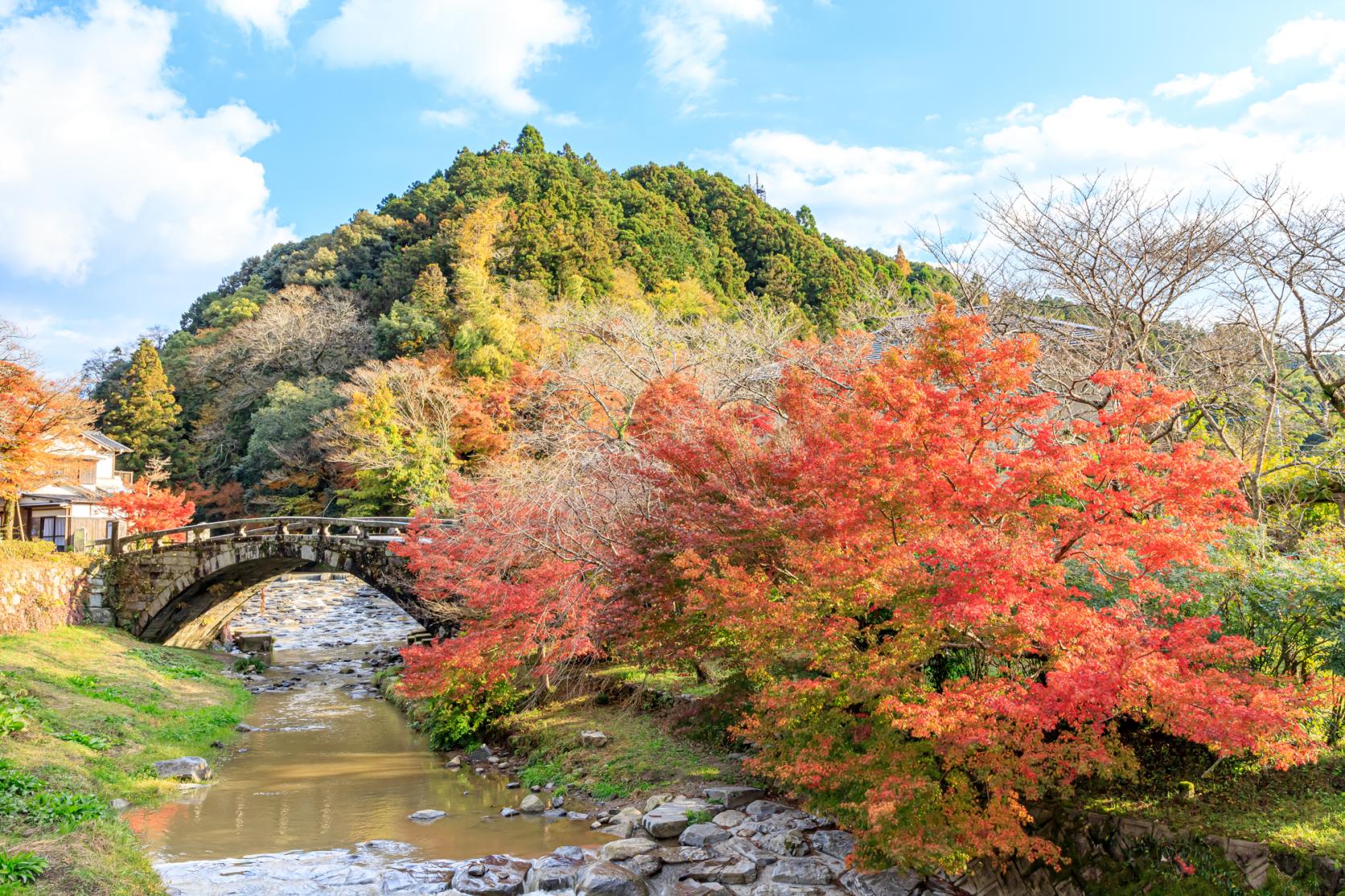

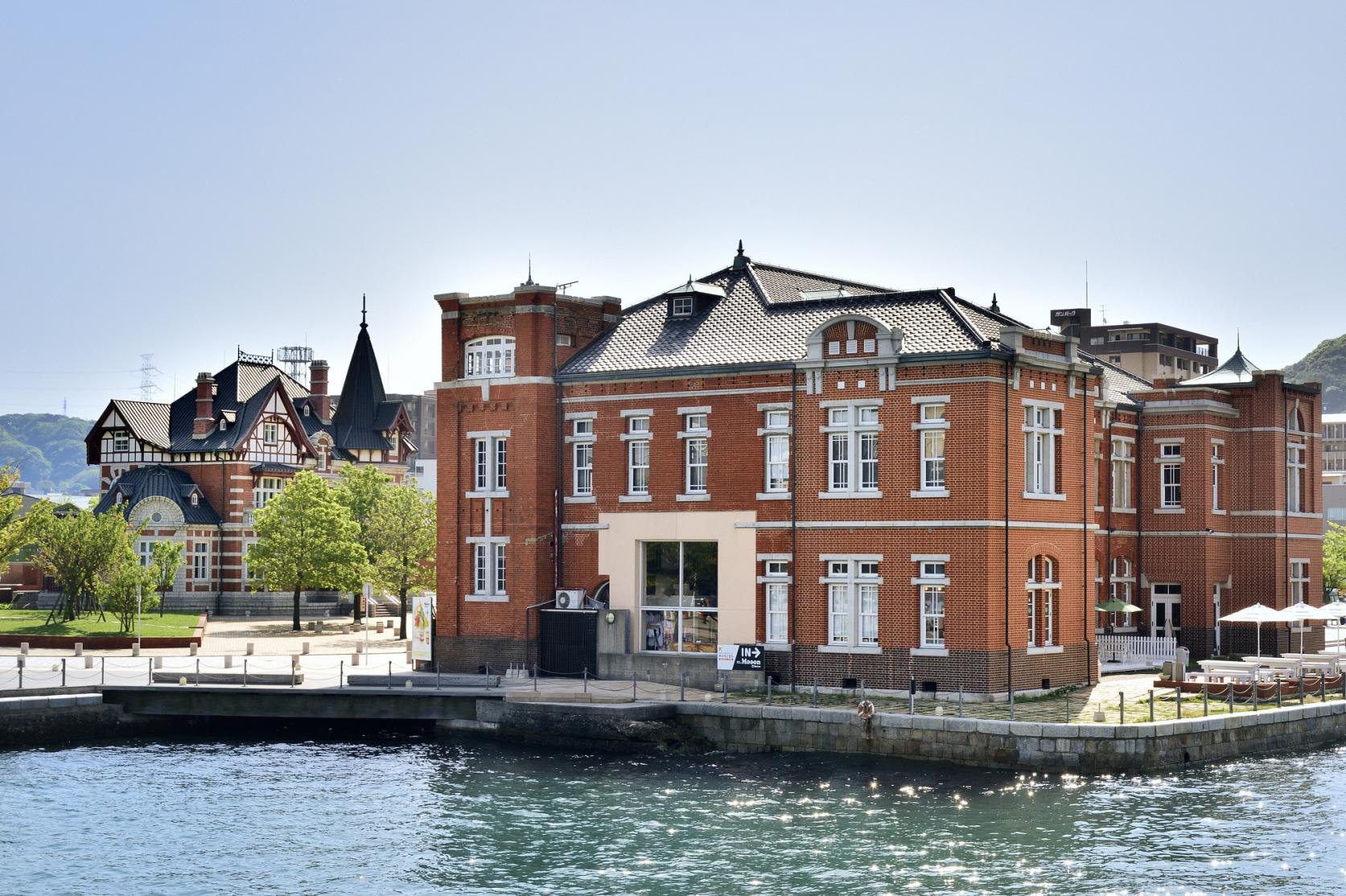
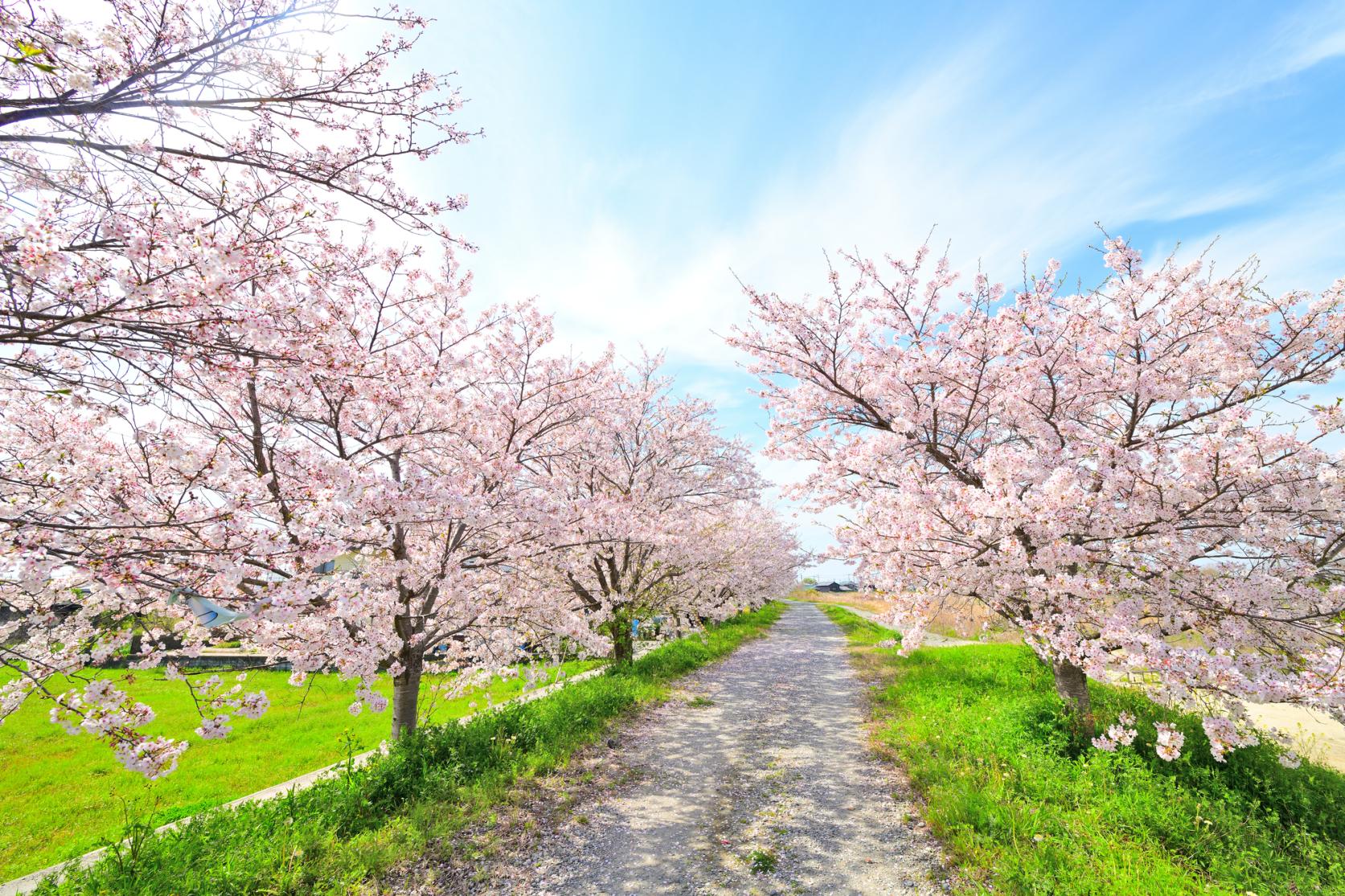
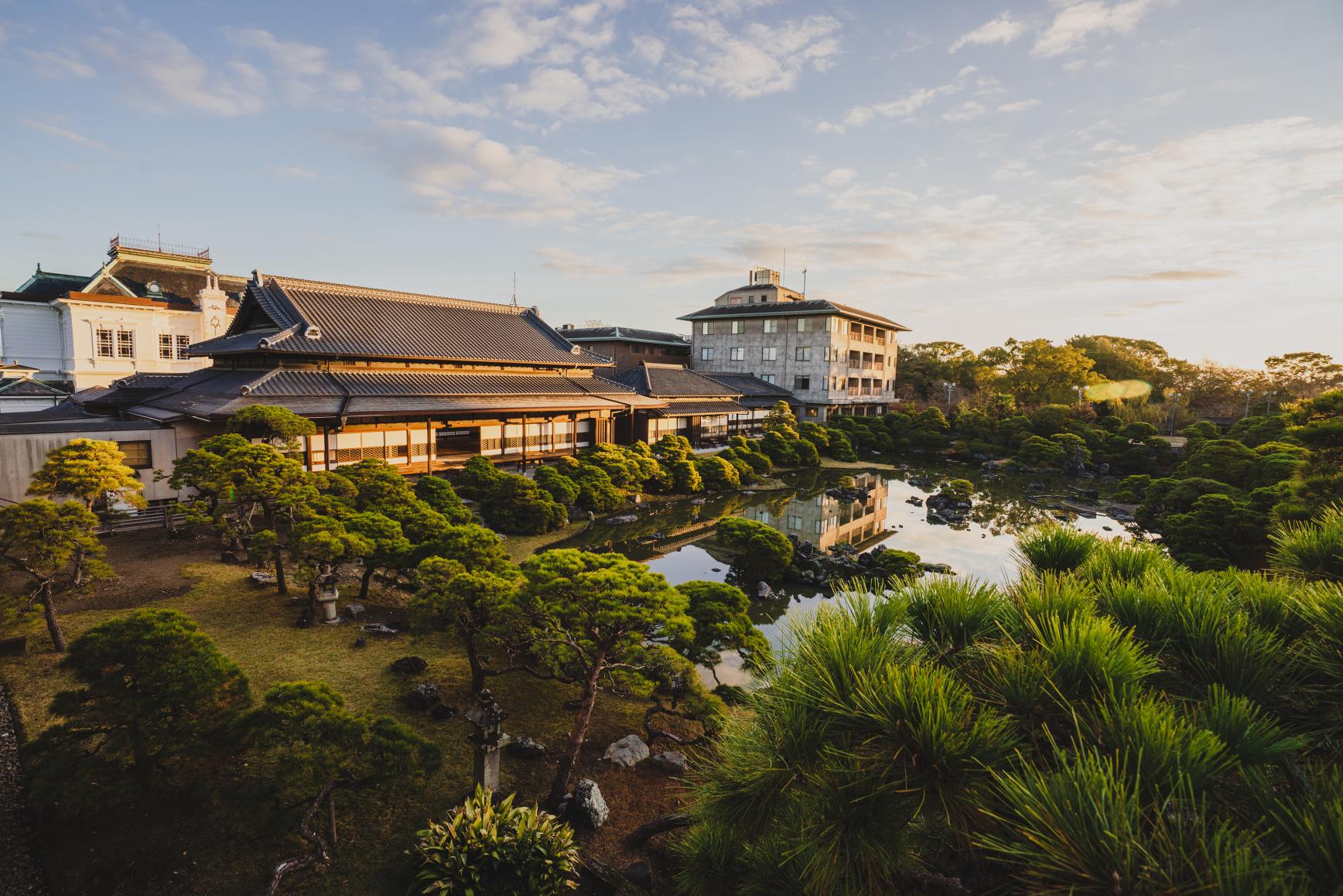
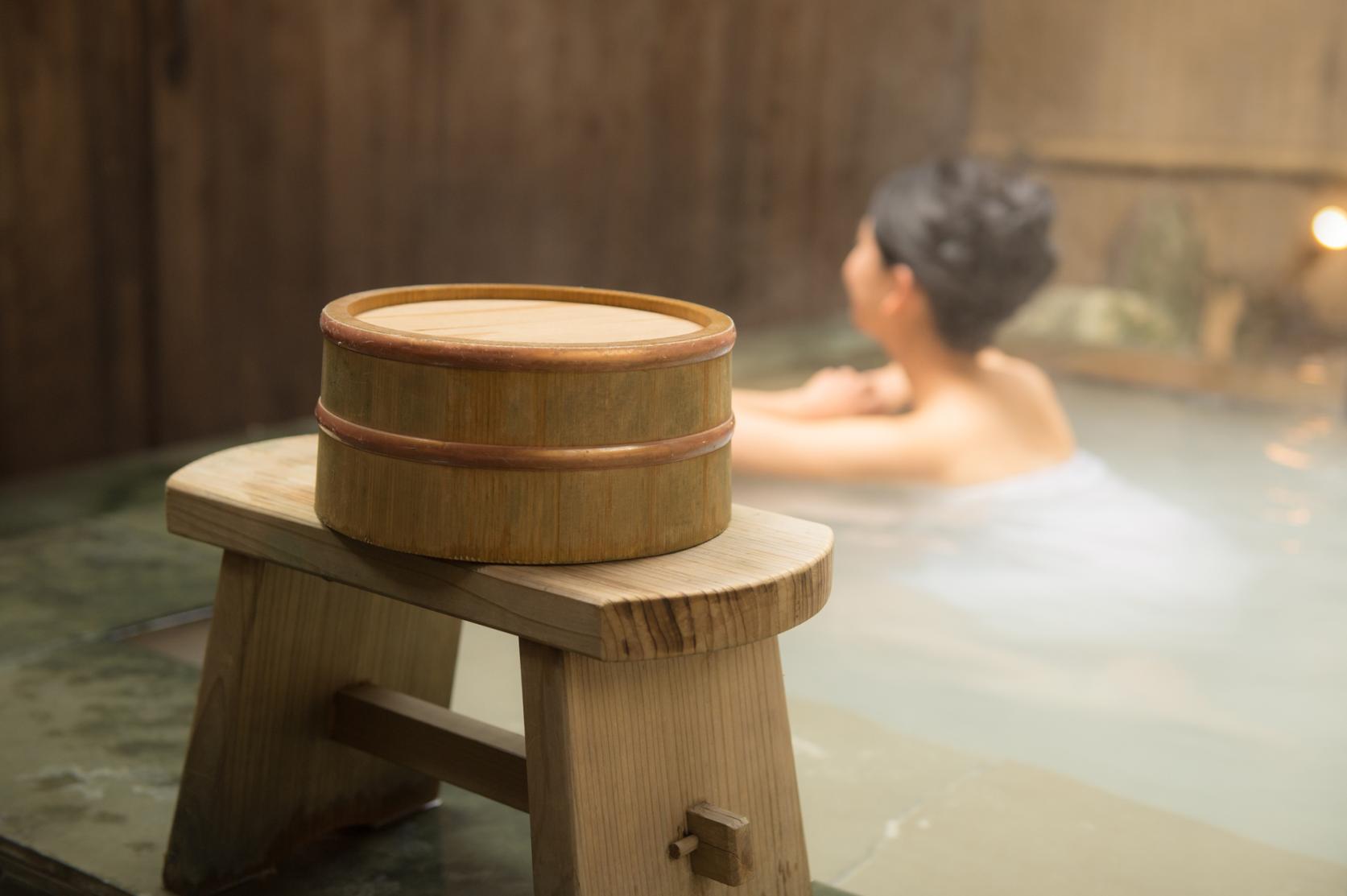
![[2025] Strawberry Picking Spots in Fukuoka-1](https://www.crossroadfukuoka.jp/storage/special_features/49/responsive_images/9ZHgrqvQdpH8tM4IRF54DXu0aPBF3YGGkj5WOTGc__1673_1115.jpg)
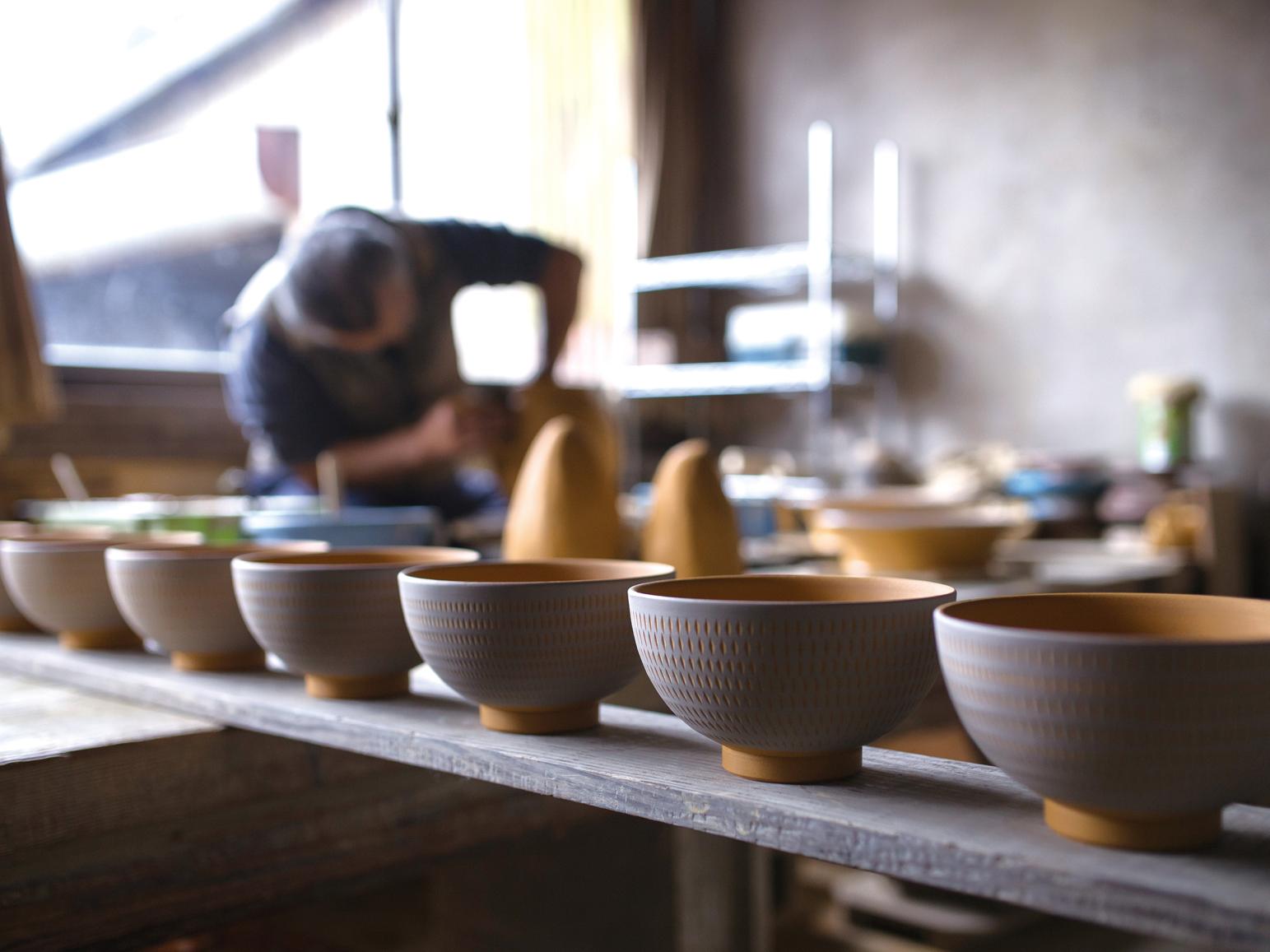
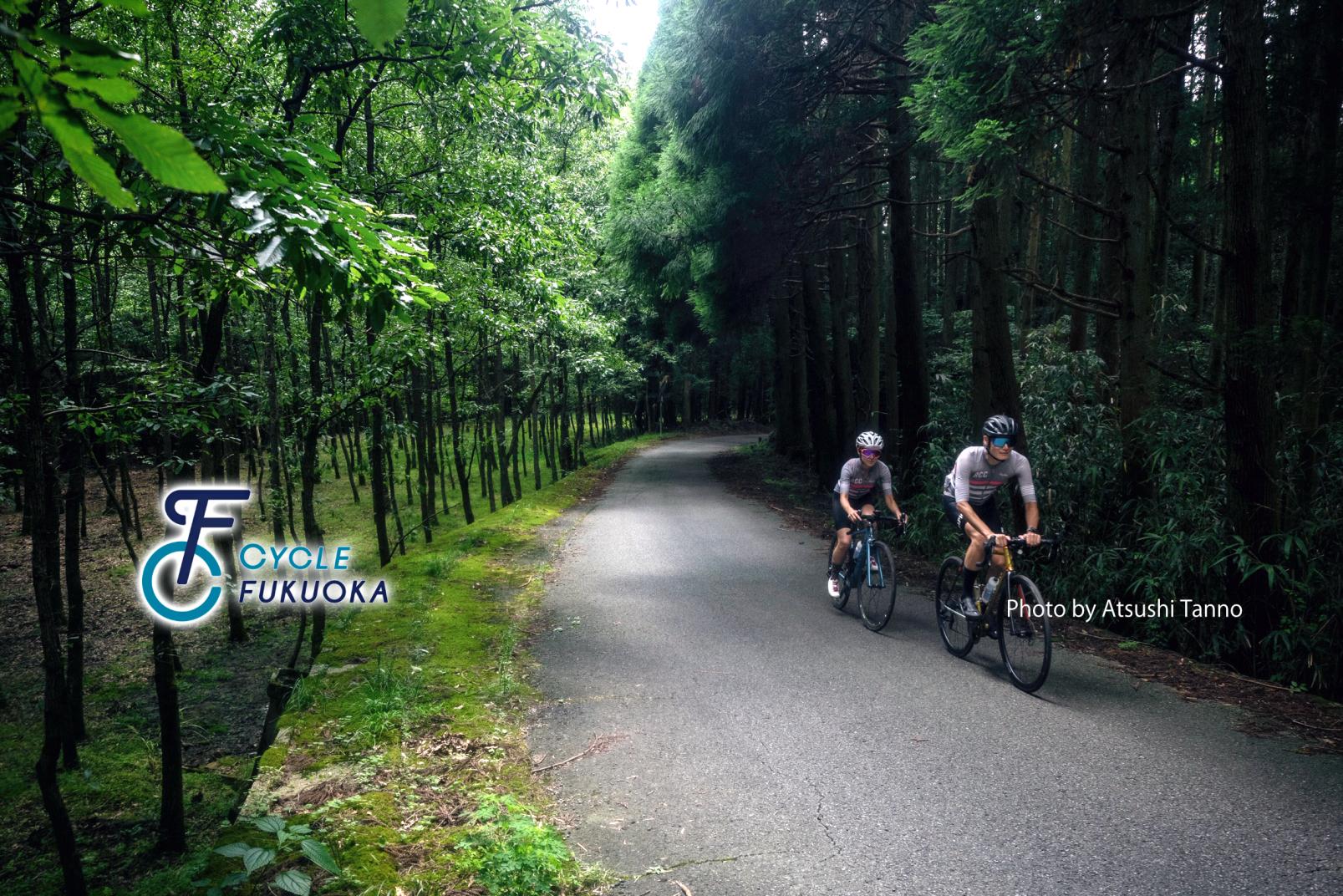
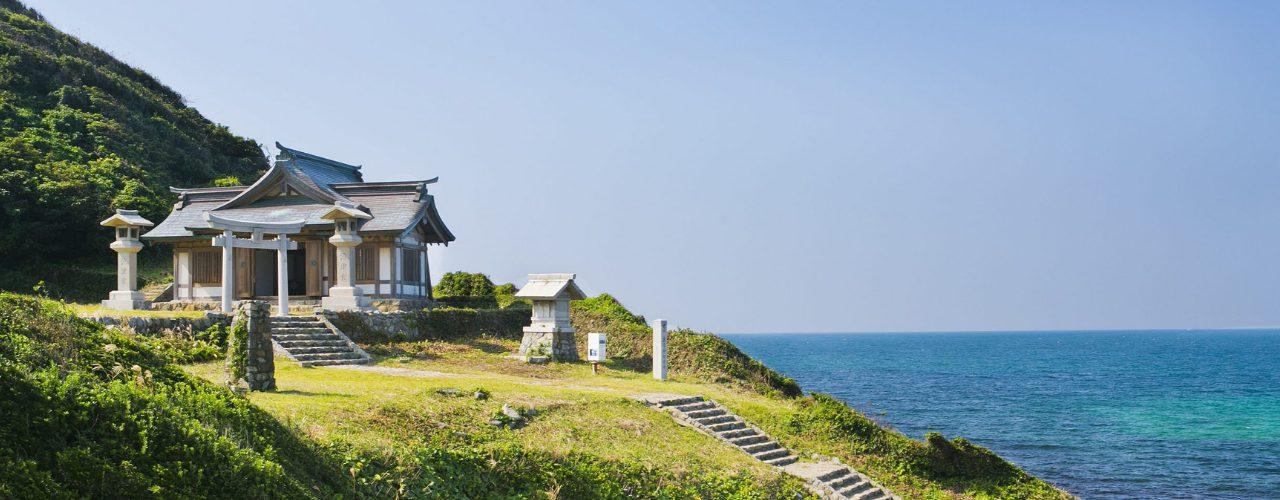
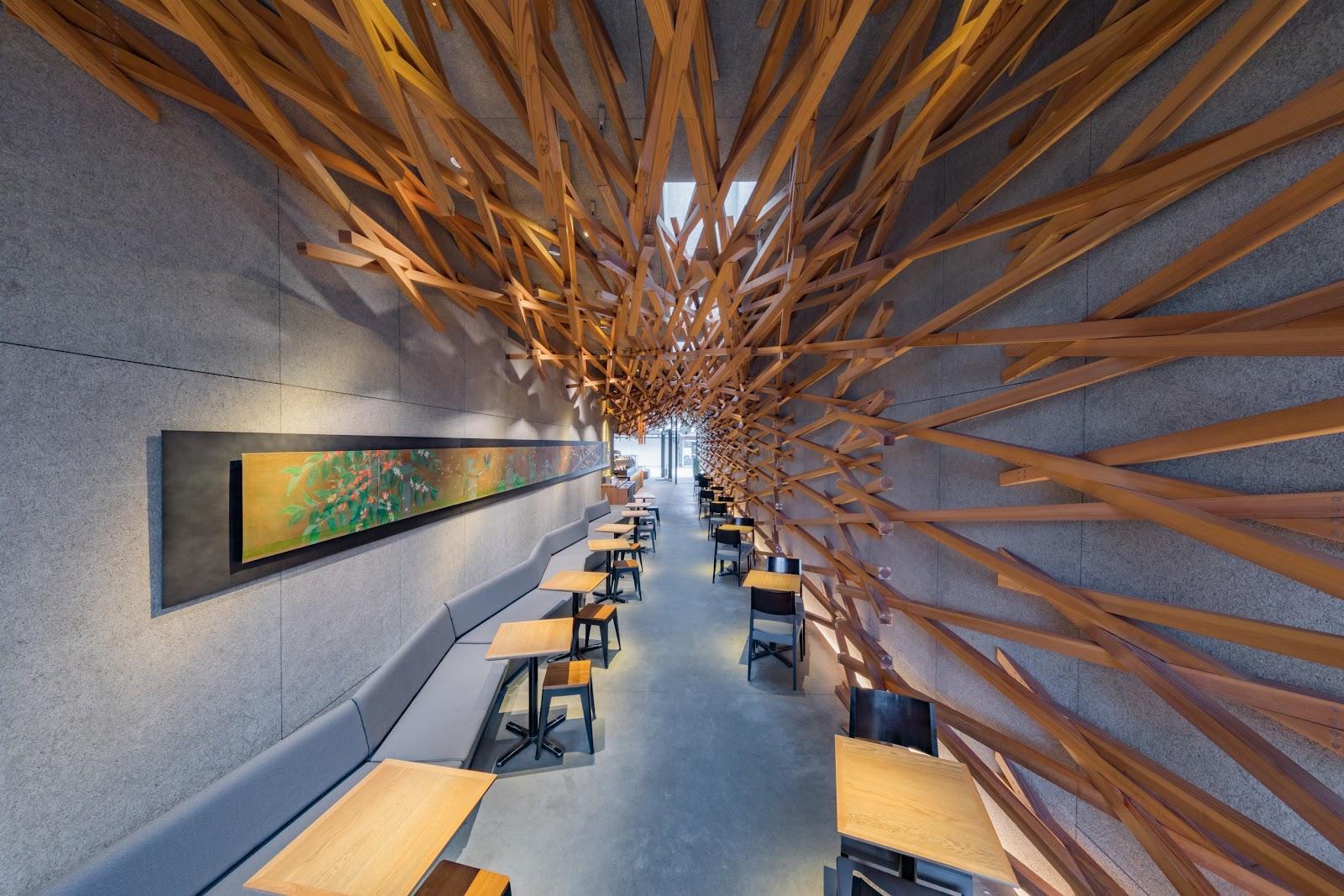
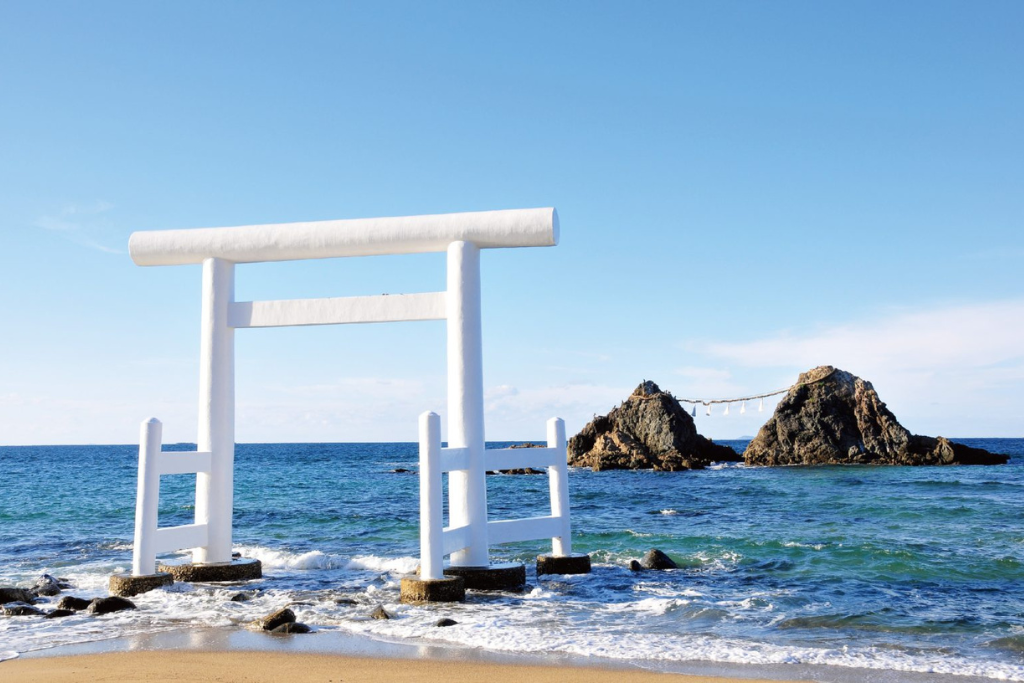
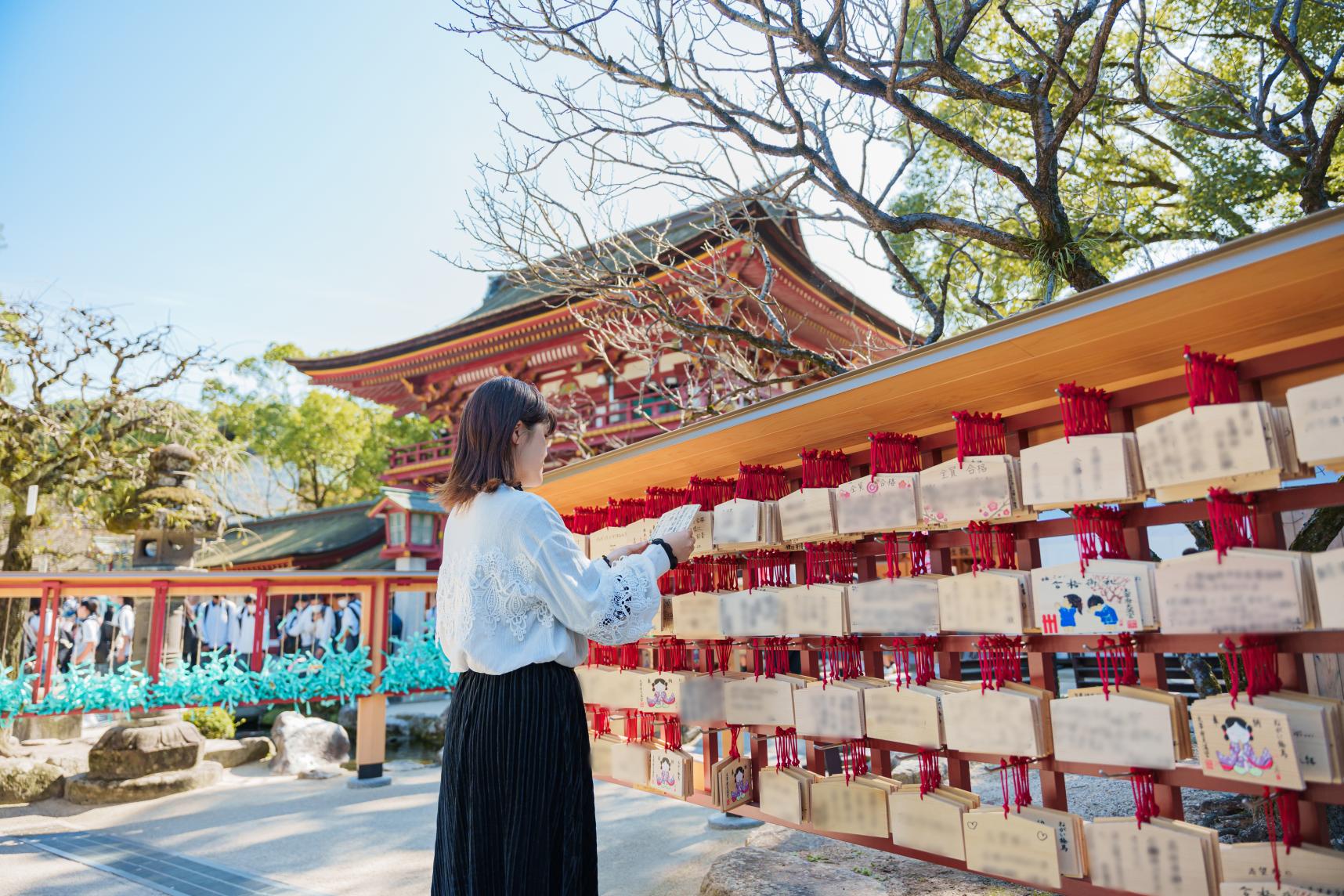
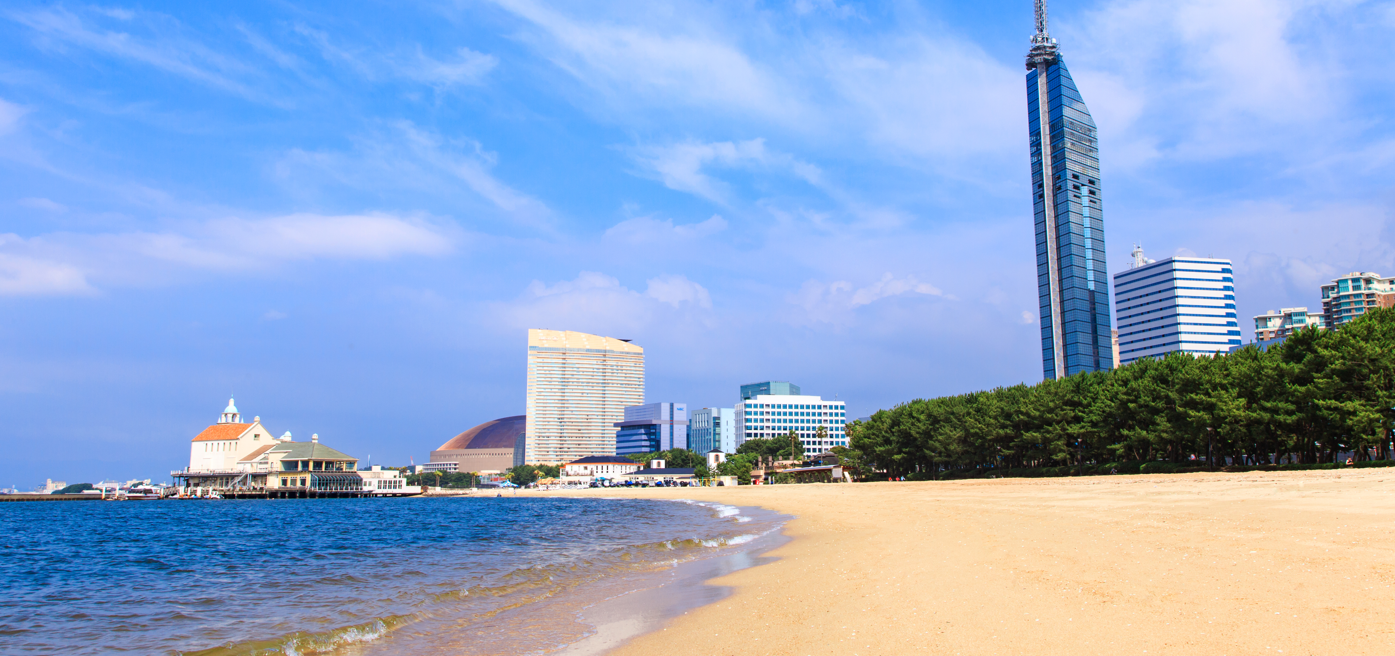
![[2024 Edition] Filled with blessings! The ultimate Fukuoka power spots to bring you happiness.-1](https://www.crossroadfukuoka.jp/storage/special_features/320/responsive_images/6SsCvBDXBhlZoAGUgarTOpZpEaEwsIqsWzSxW8cw__1289_856.png)